Primary by Flynn Talbot
Flynn Talbot has created a lighting installation named Primary, that was recently shown at PSAS in Perth, Australia.
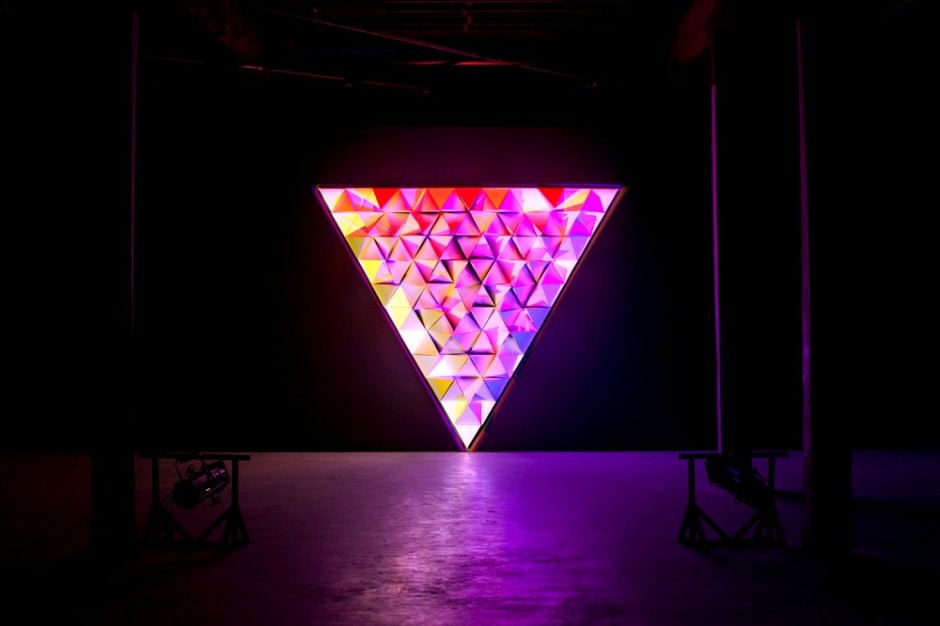
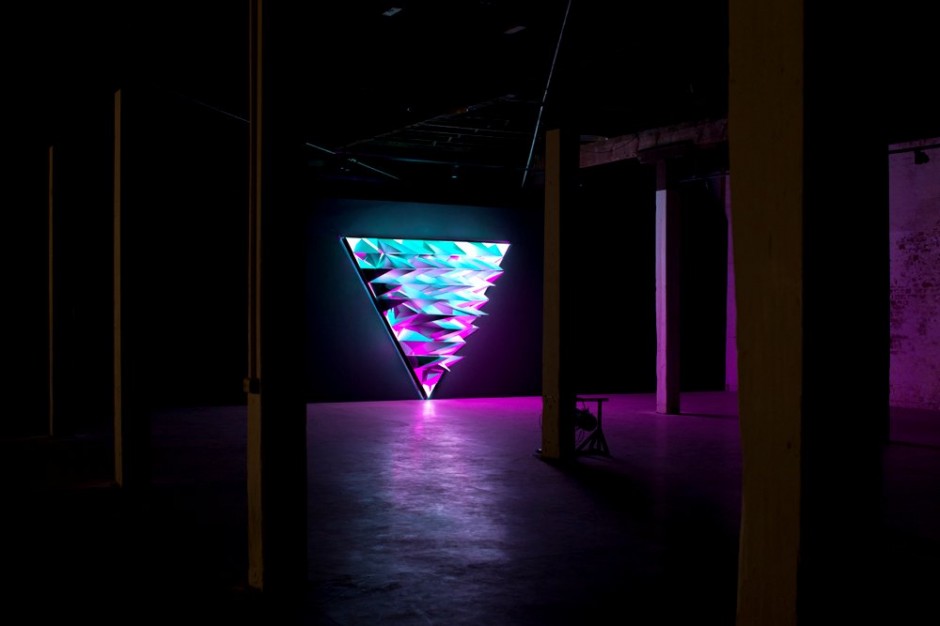
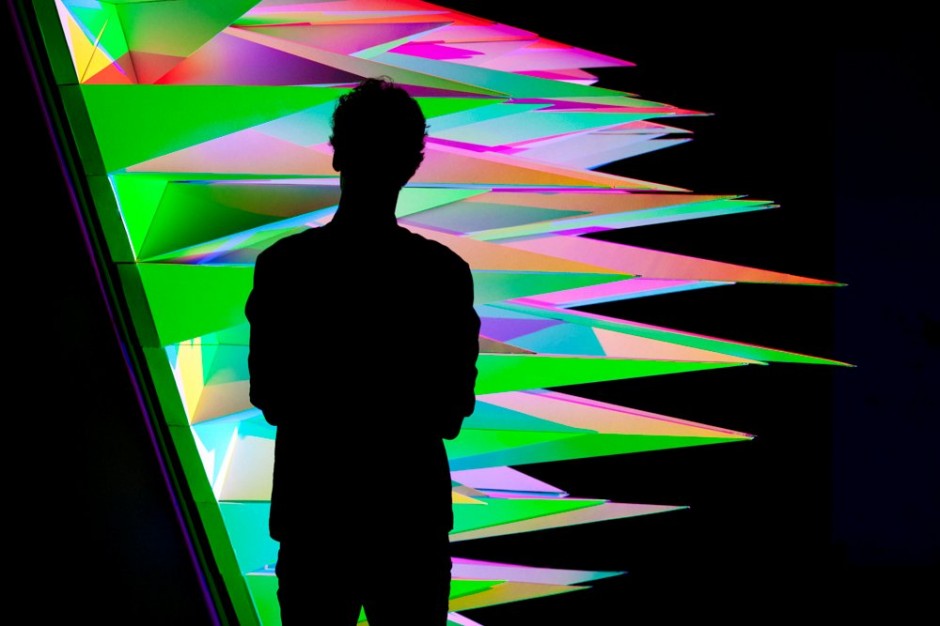
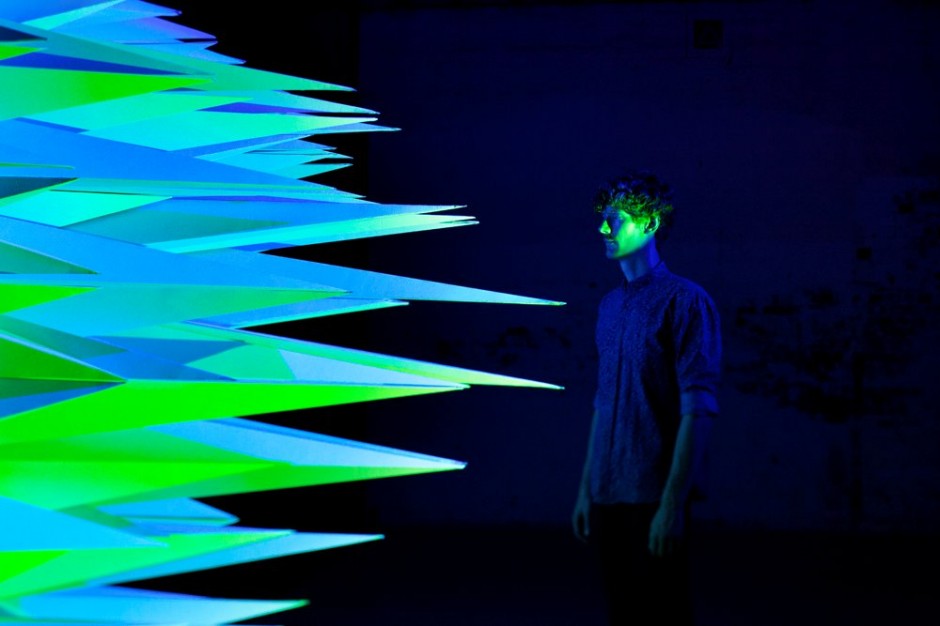
http://vimeo.com/92591771
Flynn Talbot has created a lighting installation named Primary, that was recently shown at PSAS in Perth, Australia.




http://vimeo.com/92591771
The MINI Superleggera™ Vision is an elegant one-off showcasing the automotive imagination of MINI Design. The MINI Superleggera™ Vision – a handcrafted open-top two-seater that’s the result of a unique collaboration between MINI Design and the Milan-based design and coach building company Touring Superleggera. Together, they envisioned a concept vehicle that combines the past and future of the automotive industry – traditional coachwork craftsmanship and modern design styling. Read more on MINI website
http://www.youtube.com/watch?v=ja944Vt3FR8


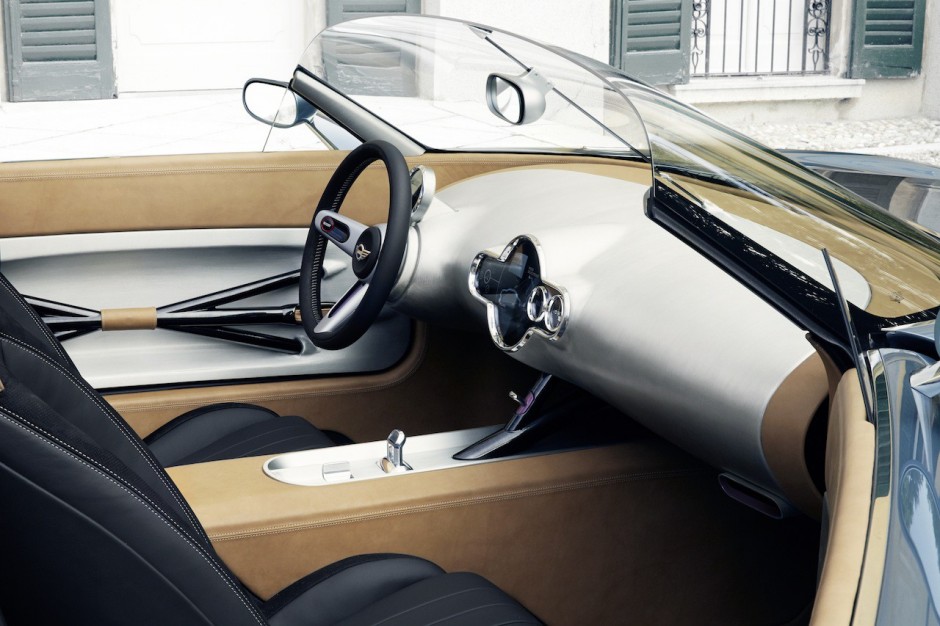
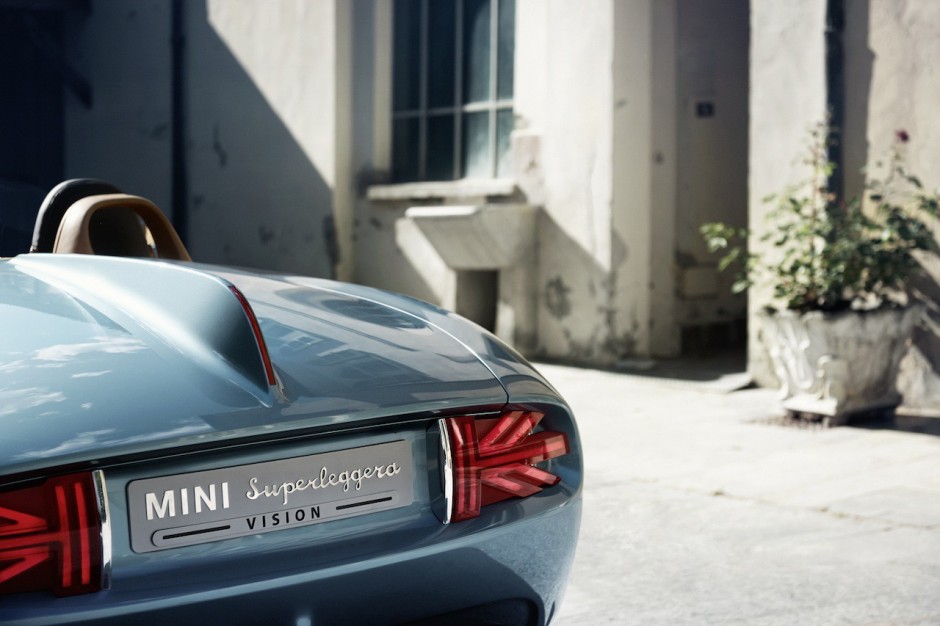
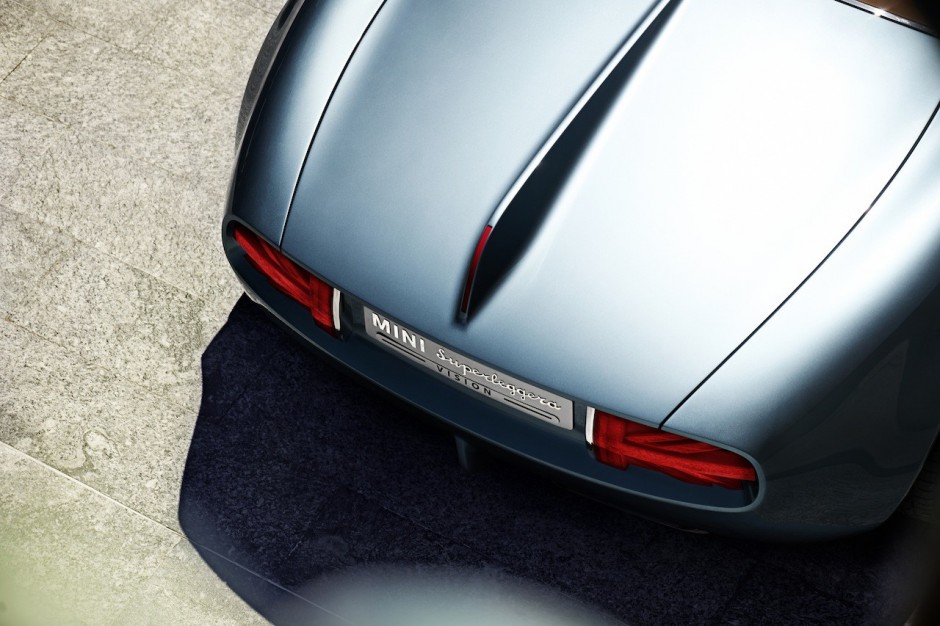


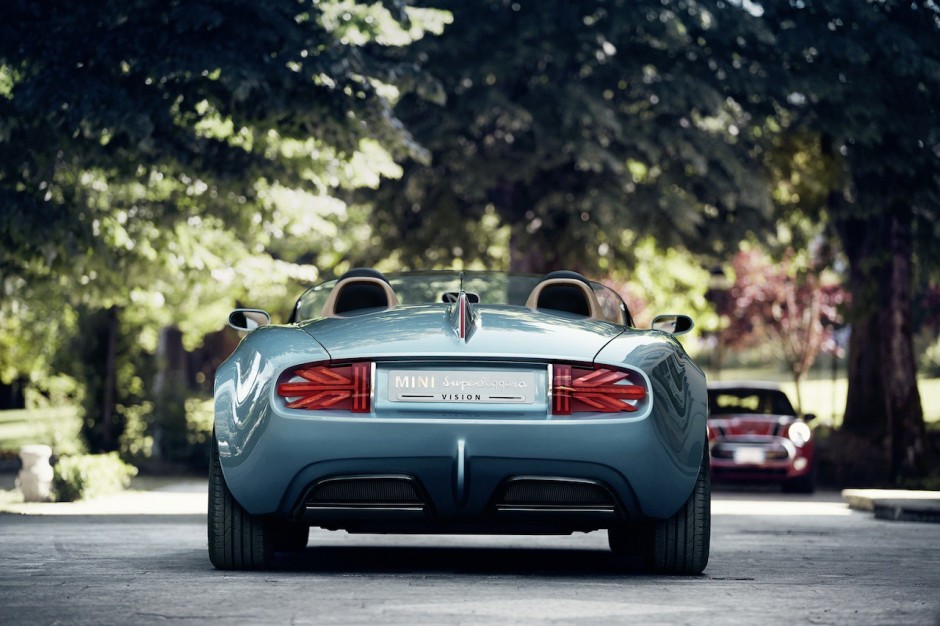


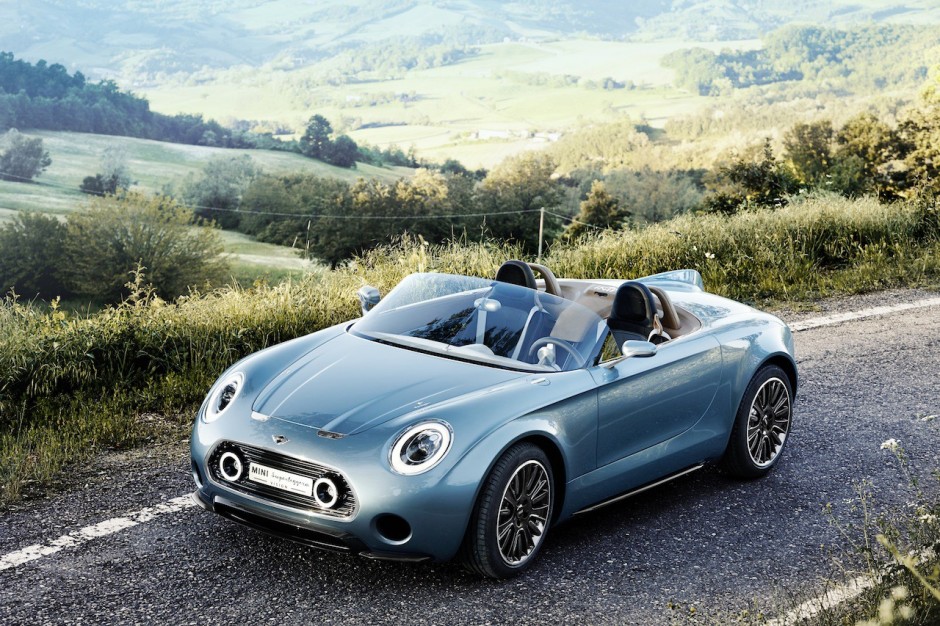


Rare advertisement catches my eye but Nokia did it again. This time it was filmed with 50 phones, using the same principle as the ‘bullet time’ technique popularized by the Maxtrix movies. Instead of freezing time like in the movies, the team used a rig to create the illusion of a spinning world. Make sure you ate long before watching this, dizzying effect ahead. http://www.youtube.com/watch?v=LmDNjZM3Tu8
Making of

http://www.youtube.com/watch?v=hHVkNcvxMZM
"Spain-based artist Antonio Mora describes his artwork as "cocktails," amalgams of images found on blogs, databases, and magazines, fused seamlessly into the types of imagery that could only come from a serious lucid dreamer. Whether it's a forest melting into a woman's face, or someone's hair exploding into a slash of water, the dreamy portraits are tough to get out of your head." via
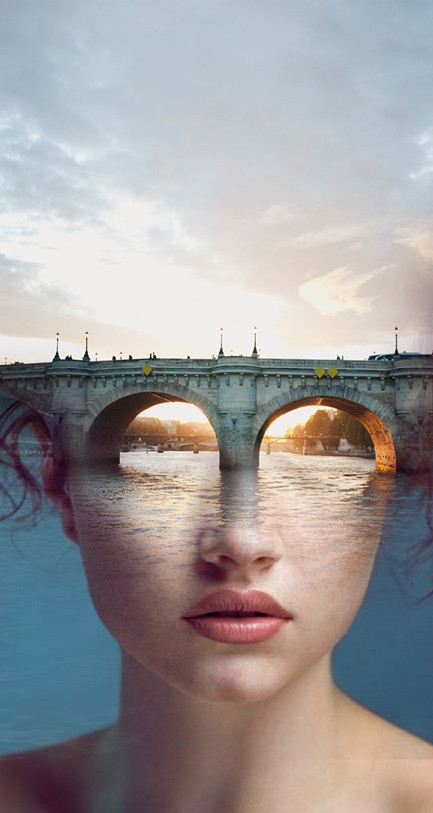
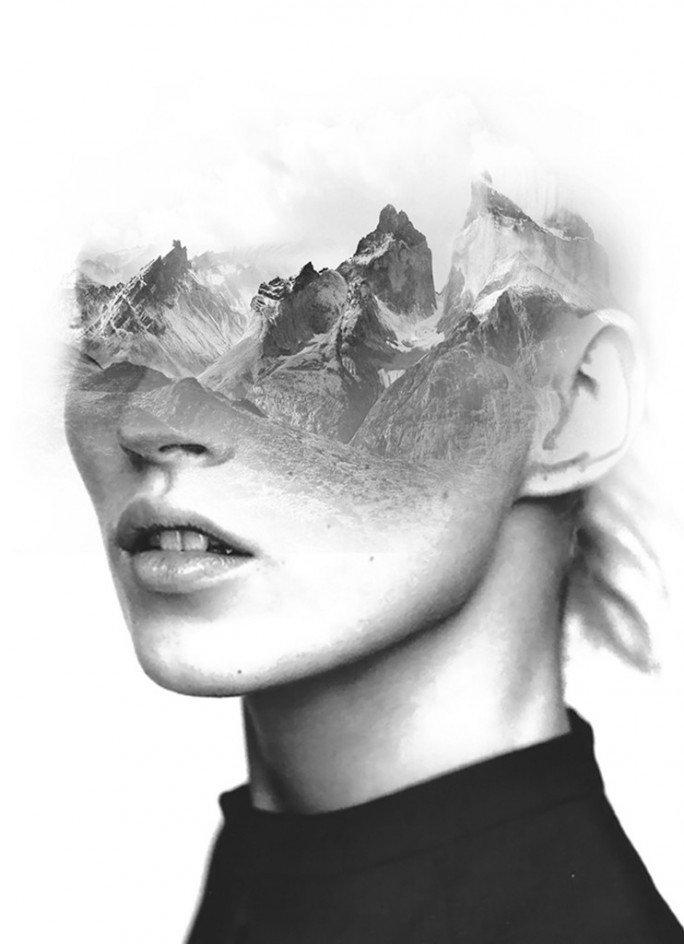
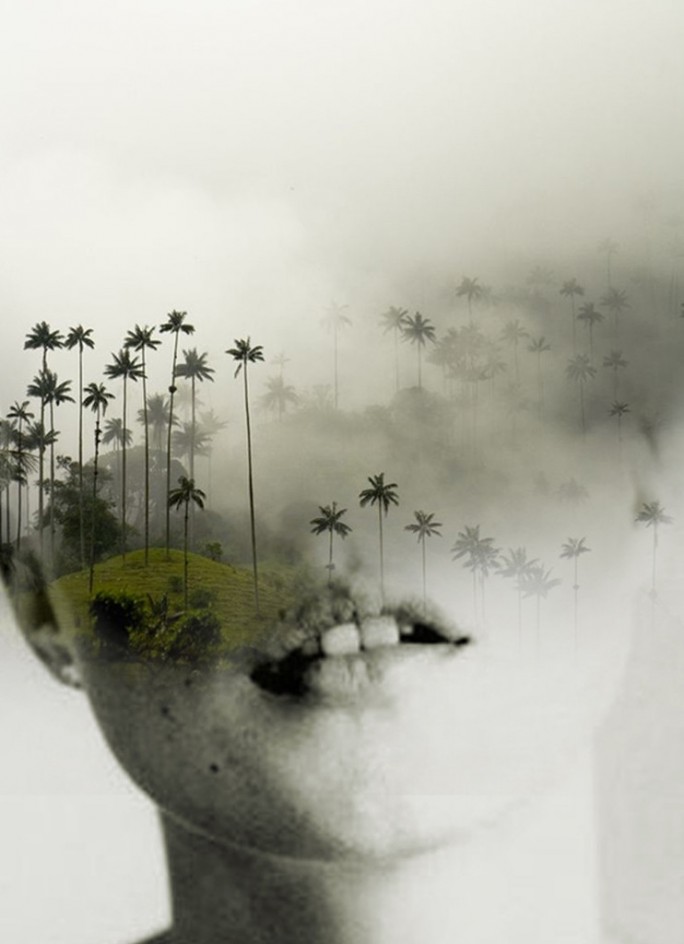
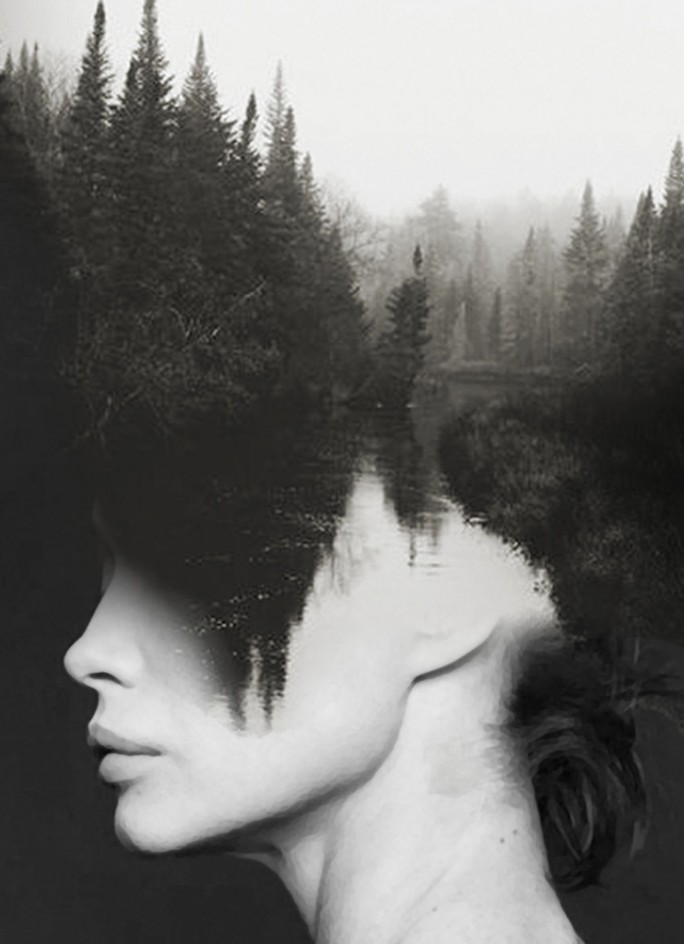
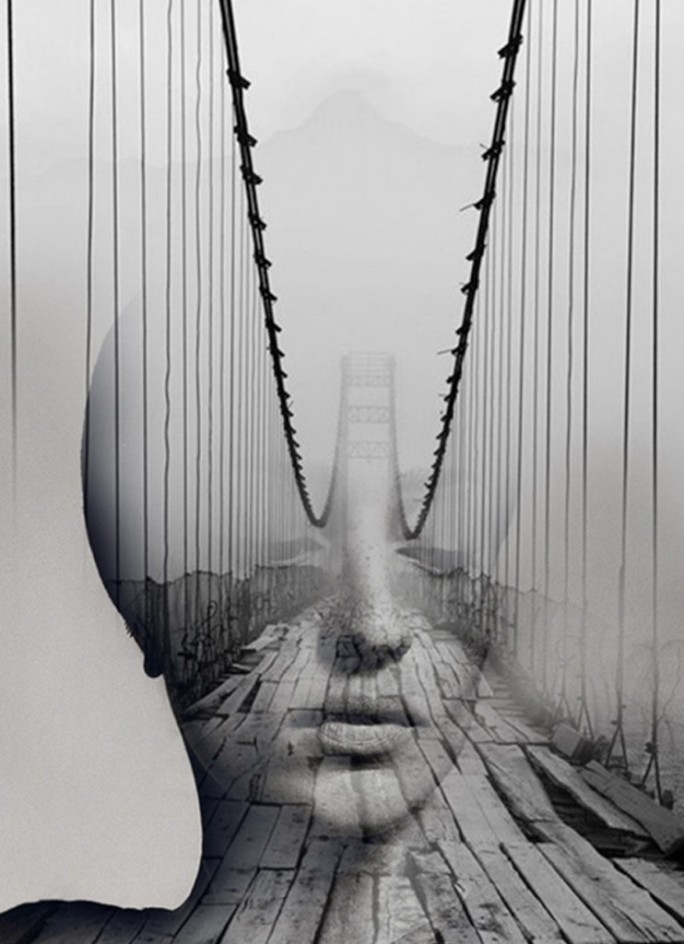
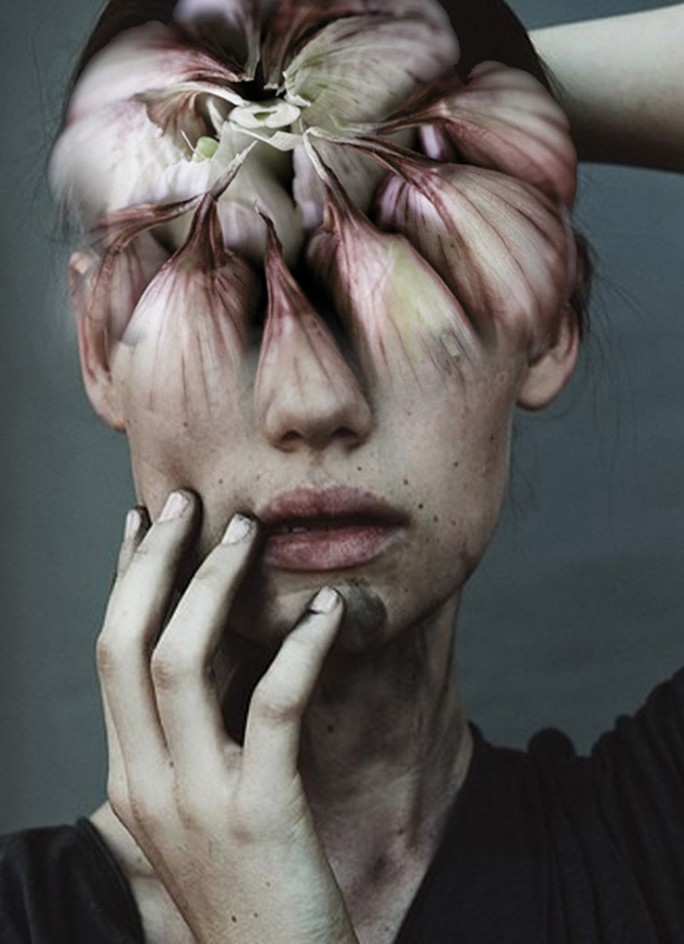
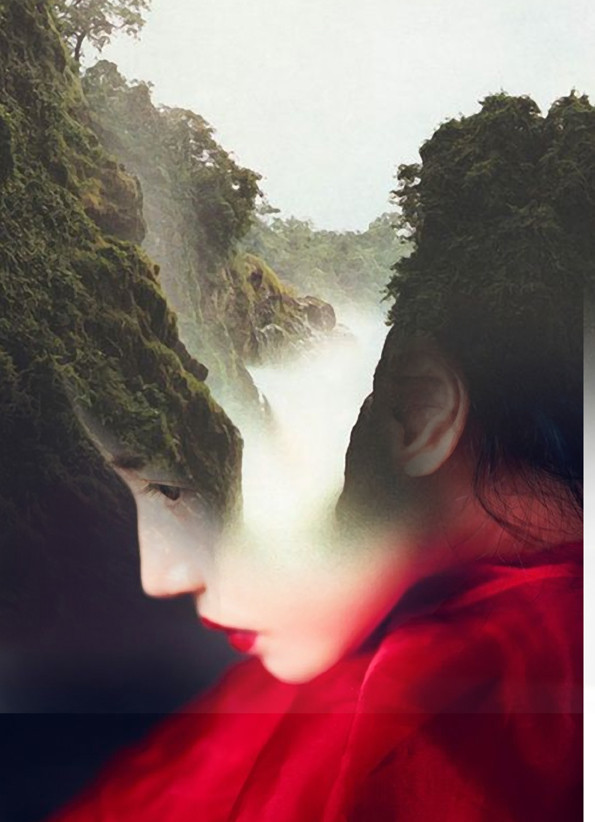
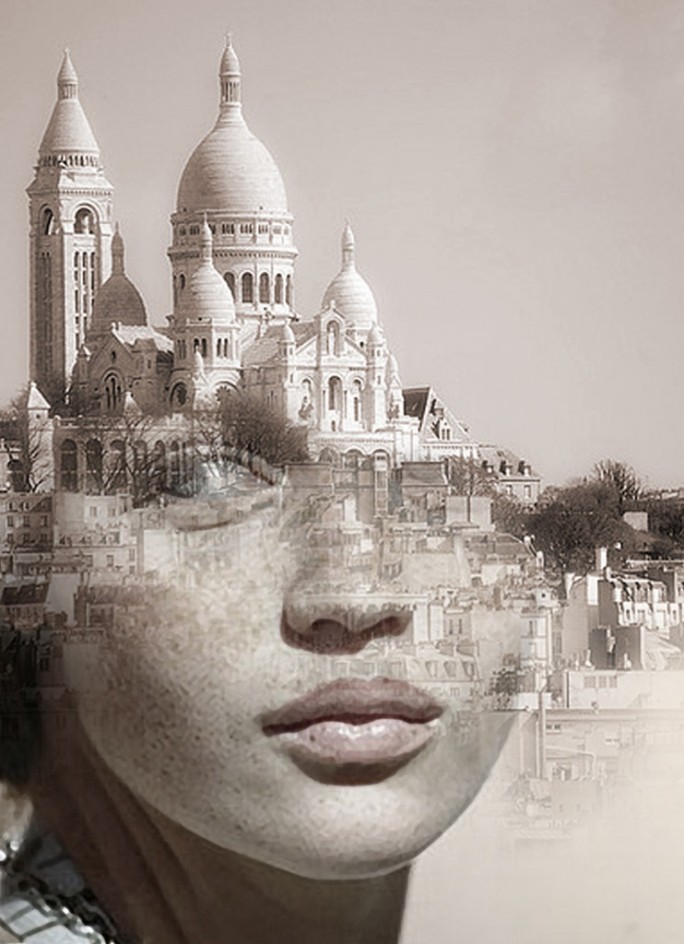
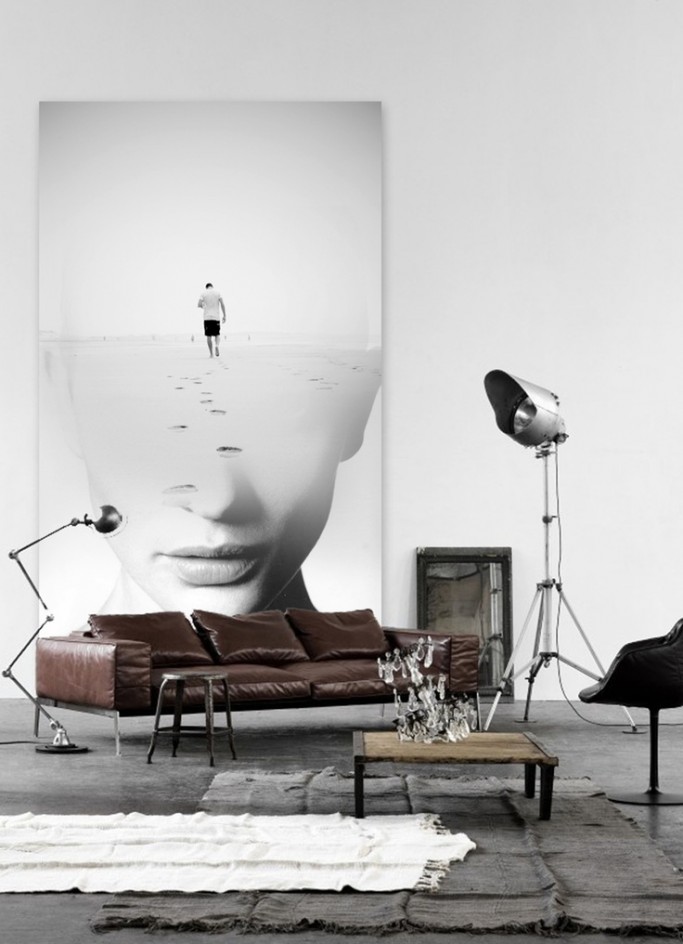
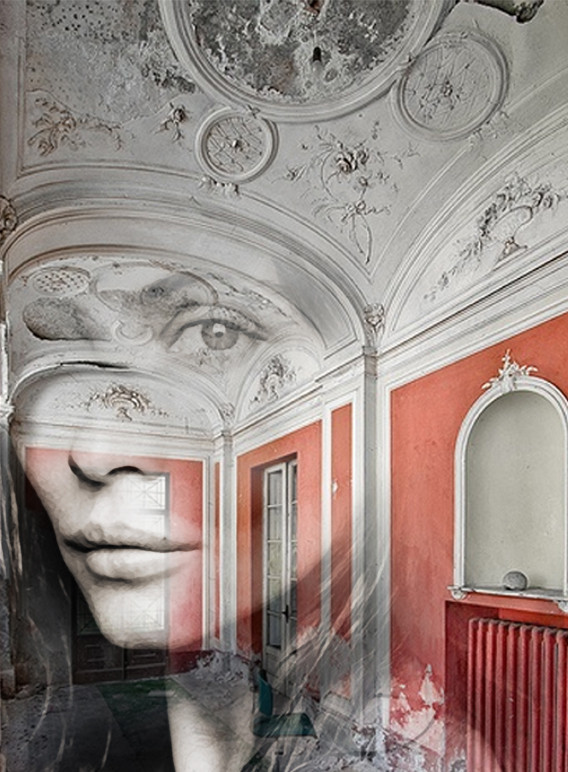
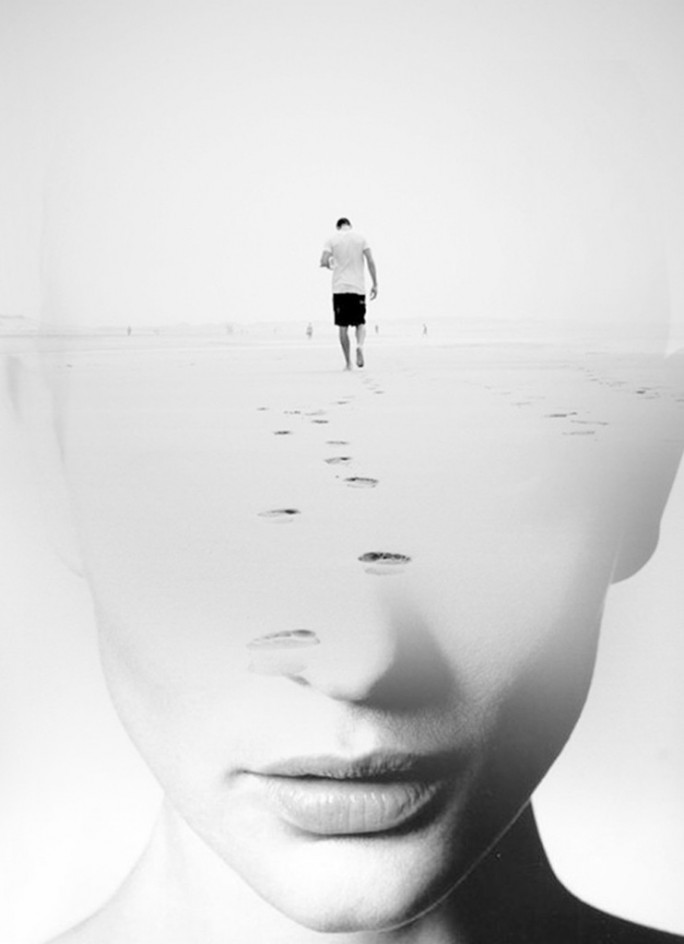
I've never been to Australia yet, but I strongly believe that the colour on Guy Shields' illustration is definitely saturated by their sunsets. Find his sunny works on guyshield.com







Russian duo Anna Strupinskaya and Alexey Ivashkevich have presented at the Milan Design Week 2014 (alongside with other Russian project IZBA) their work: “Symphony”, a hanging lamp made of silicone. The concept of chandelier explores the relationship between light and sound waves and their similarities. With colored ribbons intertwined, this chandelier provides a unique lighting.
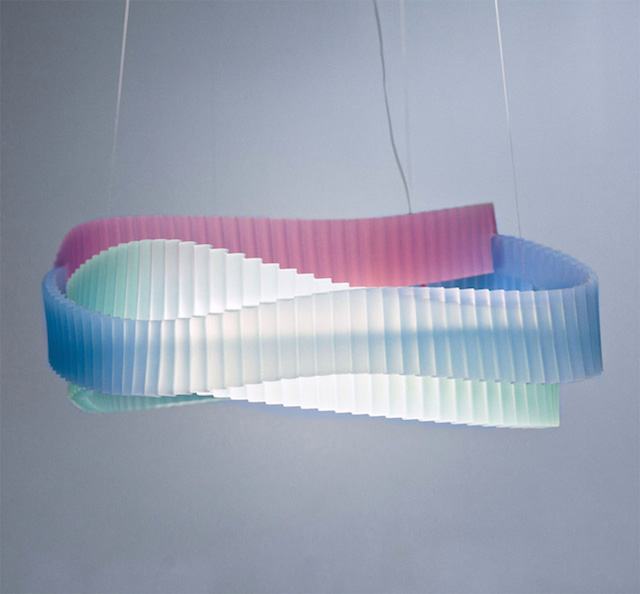
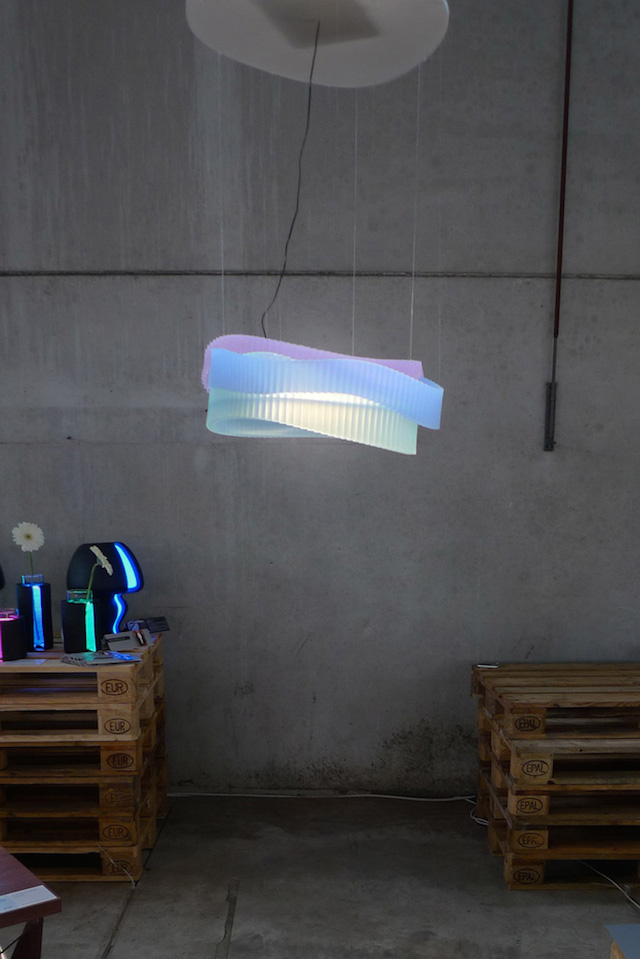
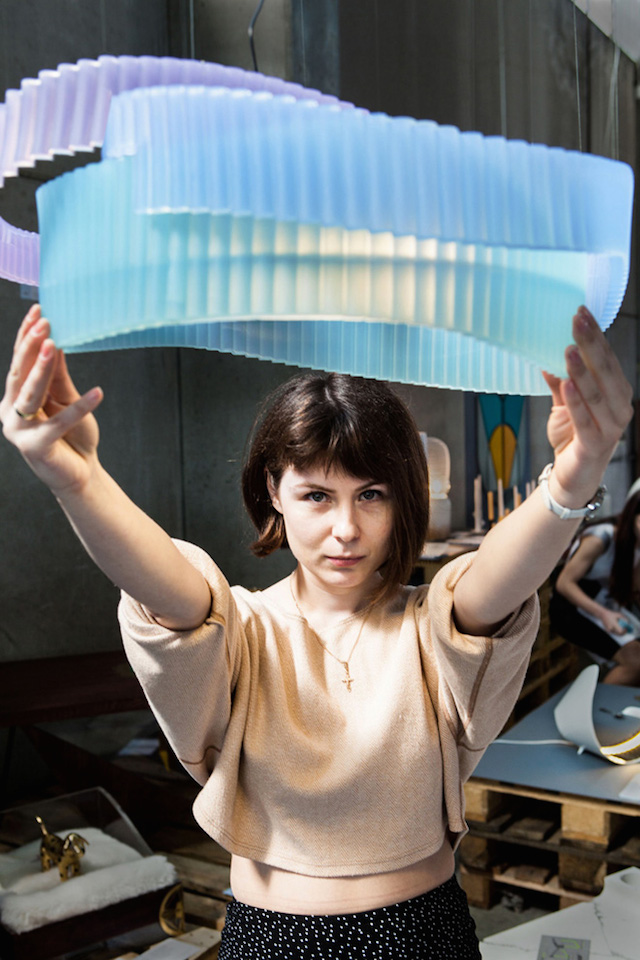
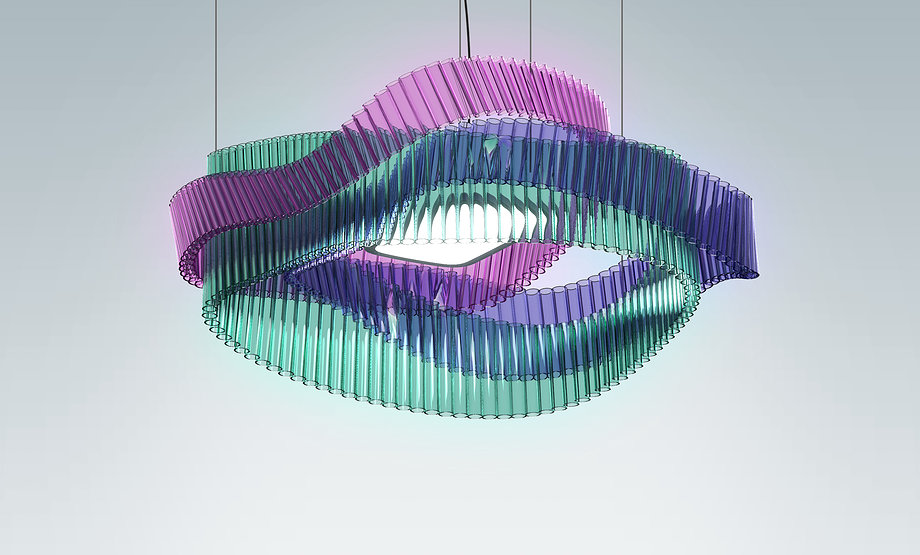

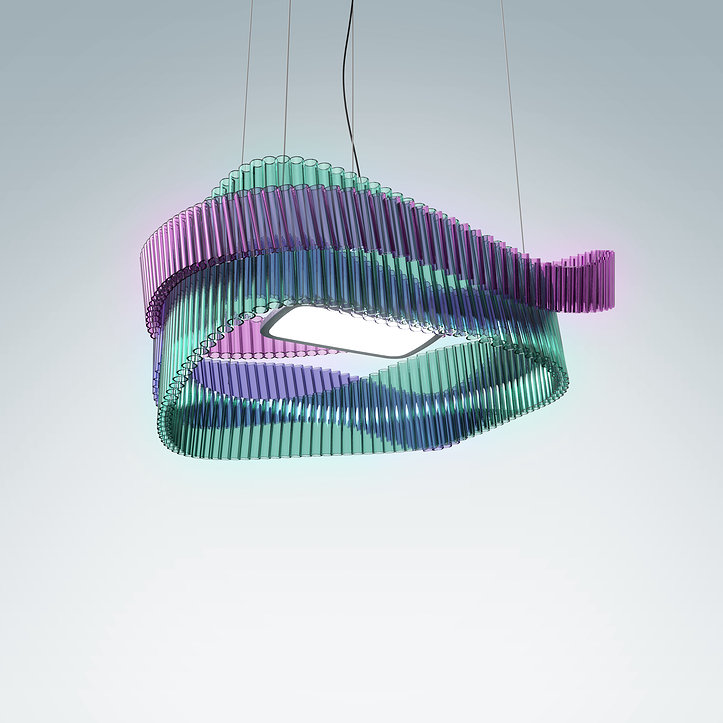
Moscow-based Sulliwan Studio recently completed an identity for PR agency. Using trendy slab serifs and frames they did a pretty clean visual code.














http://vimeo.com/90741833
Once, I was happy to listen Cameron Moll live during @Media06 conference in London - talented typographer and one of the font web standards pioneer. Later last year he successfully funded a kickstarter project following his hobby of recreating famous architectural locations in type. Thus was about The Brooklyn Bridge, re-imagined as if constructed entirely with type. Upon the beautiful project itself Cameron shares the details on how Kickstarter project went for him.
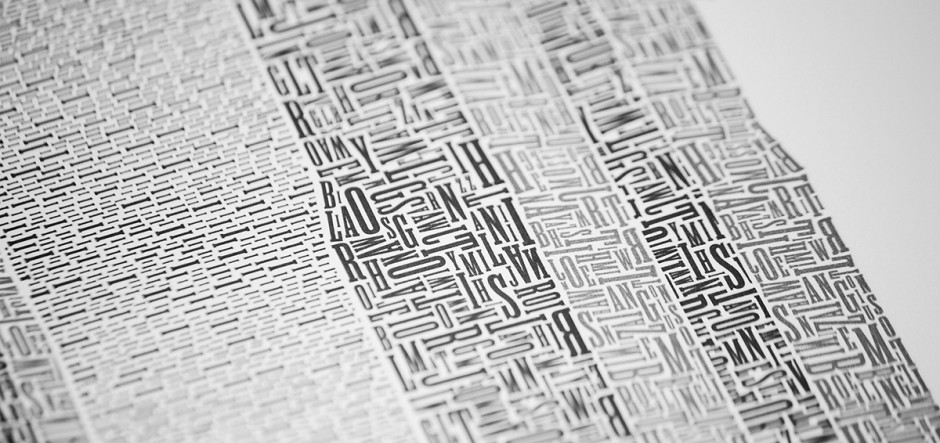
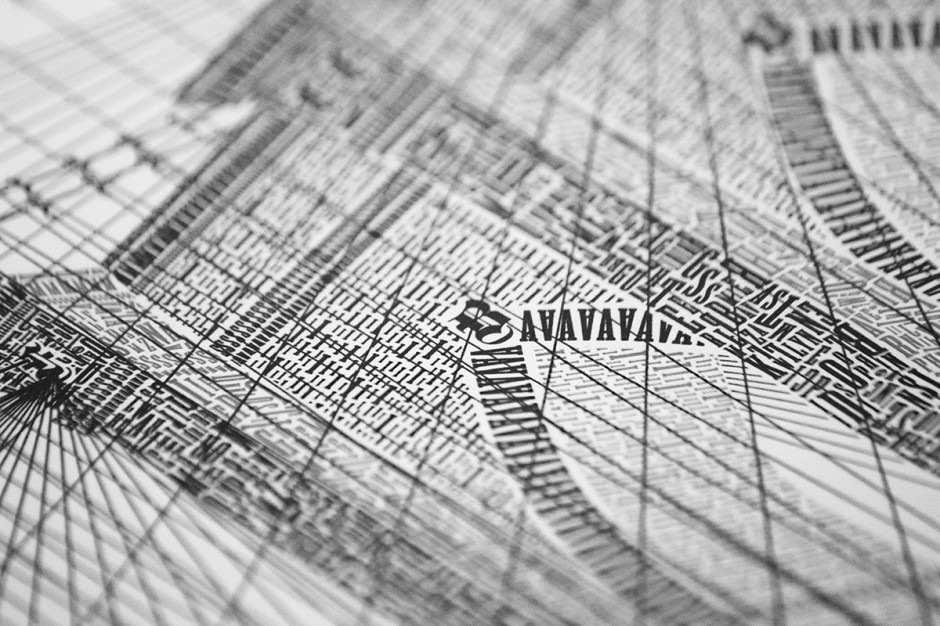
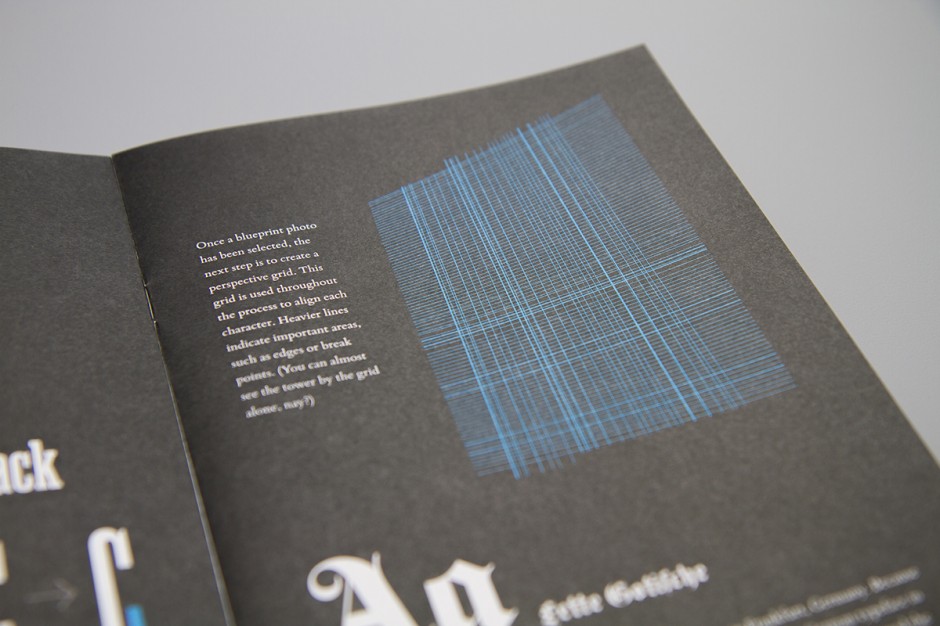
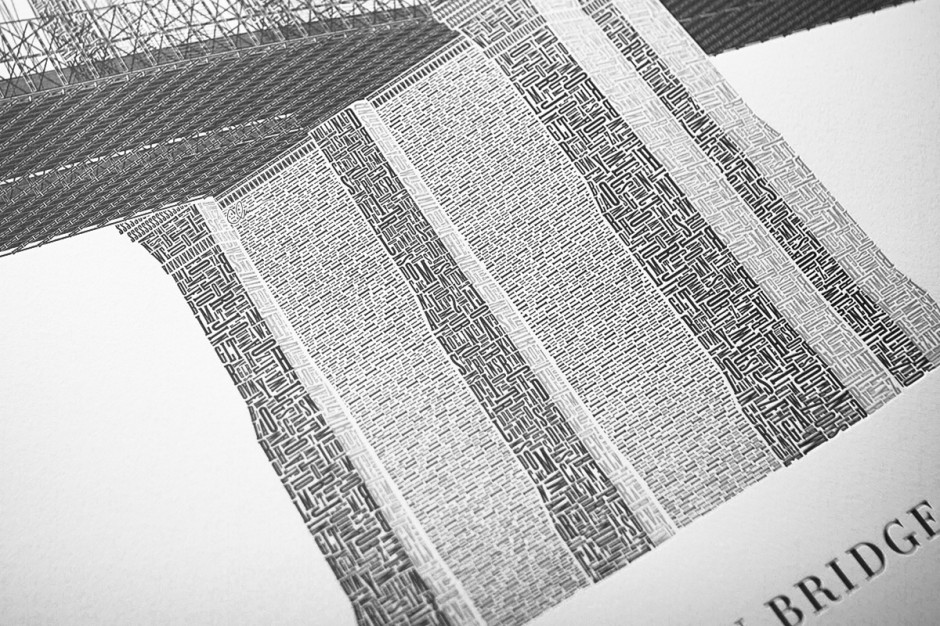
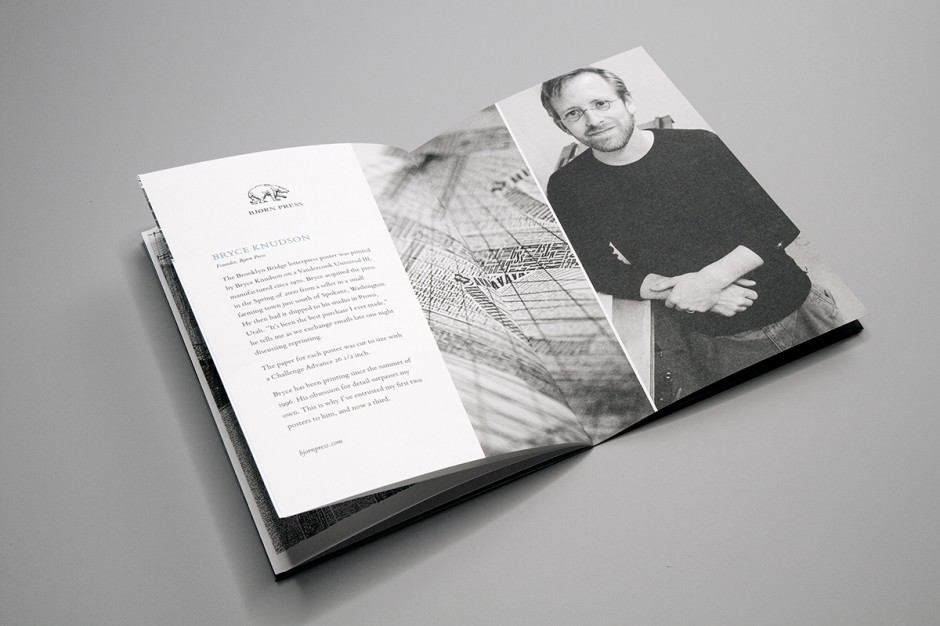

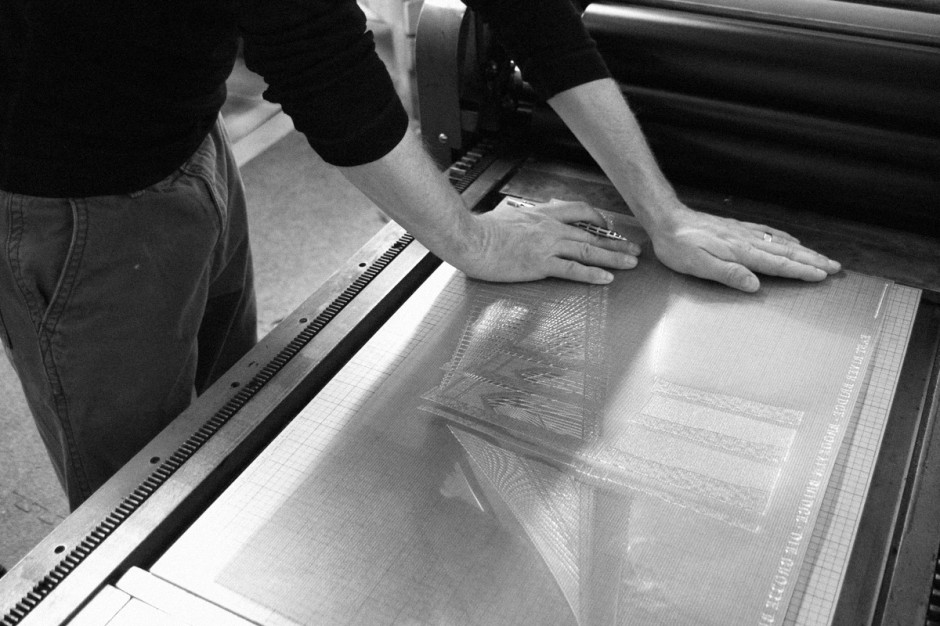
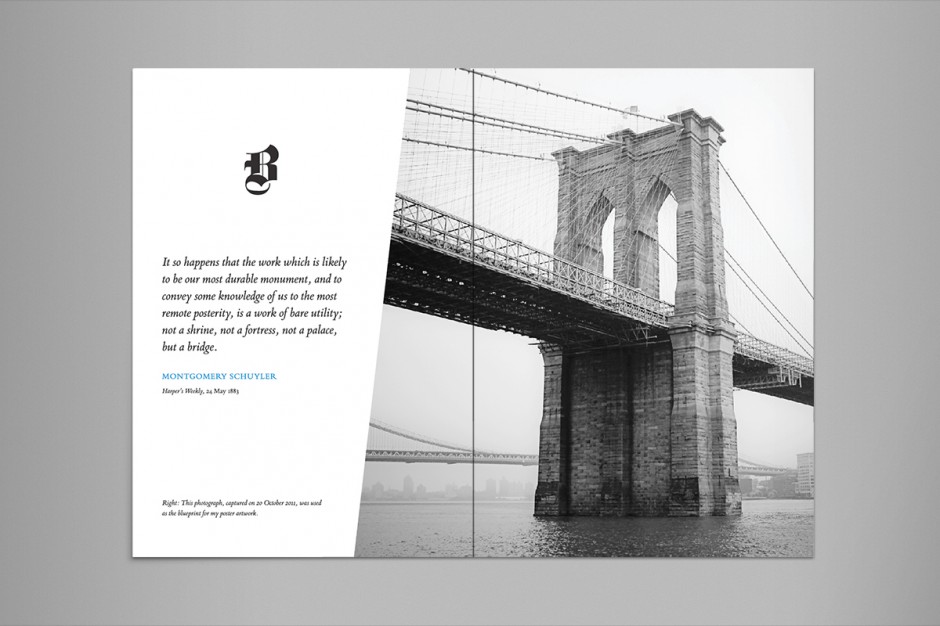
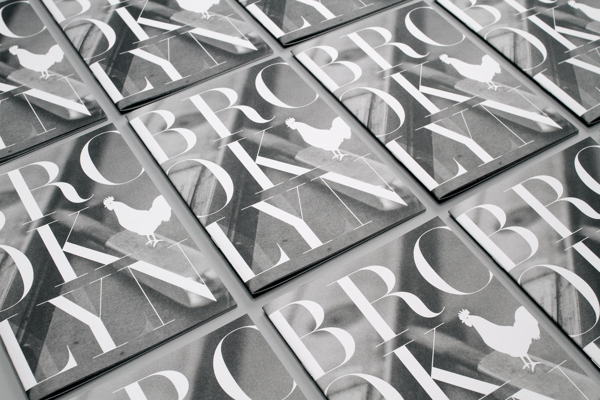
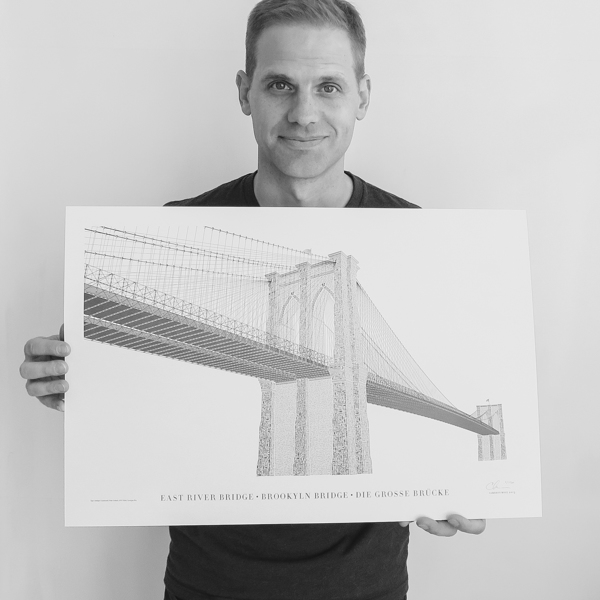
http://vimeo.com/76697805
Izba is a curated project presenting 8 independent Russian designers. Earlier this April the group debuted with curated projects during Milan design week in Ventura Lambrate district. The idea of the project was to research and rethink old Russian traditions. Quoting IZBA's press-release below:
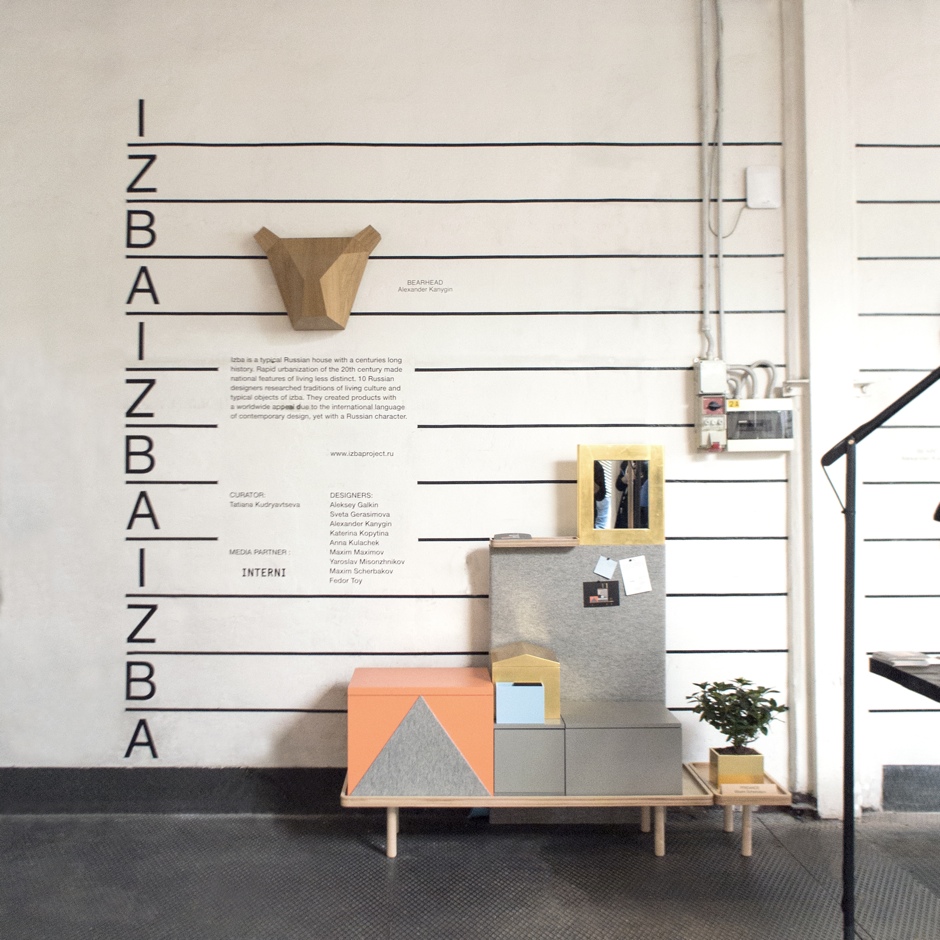
"The project takes its name after a typically Russian dwelling, izba. It was a home for the most of people living on the territory of modern Russia since ancient times and up to the beginning of 20th century. Rapid urbanization made national features of living less distinct. However, in rural areas you can find izba even today. Its basic principles of construction and interior remain unchanged through the centuries. Fascinated by this fact, designers explored in details living in izba. Archetypes of typical items found in izba became a starting point for creating contemporary design products. Far away from nostalgic remakes, these products rethink historical heritage in the terms of living today. Thanks to universal language of design, they are objects with worldwide appeal, yet with a distinct Russian character.
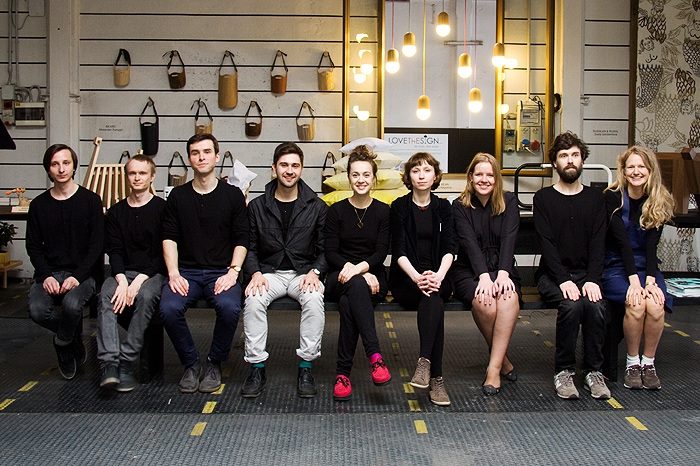
Project curator Tatiana Kudryavtseva gathered notable product designers from Saint-Petersburg and Moscow. They are young, but already have an experience of participating in international design exhibitions, are winners of prestigious contests, their projects were published in Russian and international press. They are: product designers Aleksey Galkin, Alexnder Kanygin, Katerina Kopytina, Maxim Maximov, Yaroslav Misonzhnikov, Maxim Scherbakov, Anna Druzhinina at Fedor Toy; textile designer Sveta Gerasimova. Anna Kulachek, graphic designer currently working on the identity of Polytechnic Museum of Moscow, became a part of the team and designed project identity, referring to construction principles of izba house. IZBA is the first big-scale curated project dedicated to Russian design.
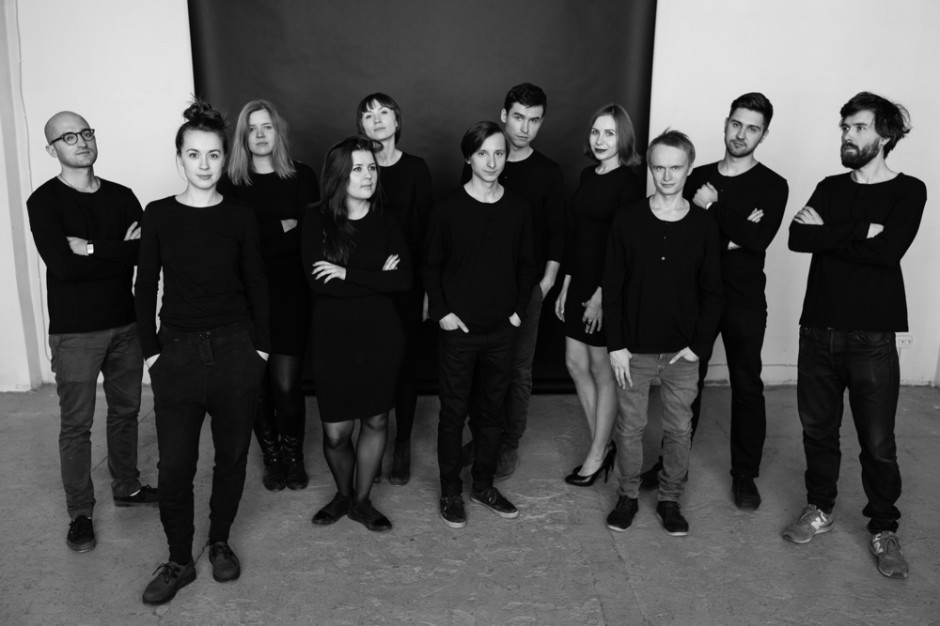
Not only the objects, but also the stand of the project exhibition in Milan referred to ideas of traditional dwelling. Stand layout was build according to the main principles of space organization in izba, huge table and benches that used to gather a big family became a display for smaller objects and were welcoming visitors to sit down and have some rest after the long walks they took through all the venues of the Milan show."
Red Corner
Traditionally, red is the color associated with beauty in Russian culture. Red corner, the corner you see immediately when you enter the room, is the most important and honorary place in a traditional Russian dwelling. It is the place for icons, praying and the most important things in the house. Nowadays red corner has lost its initial meaning. Maxim Maximov made his aim to understand what is important for people today. Red Corner shelf provides a perfect management for a corner space. What is the most important thing for you?
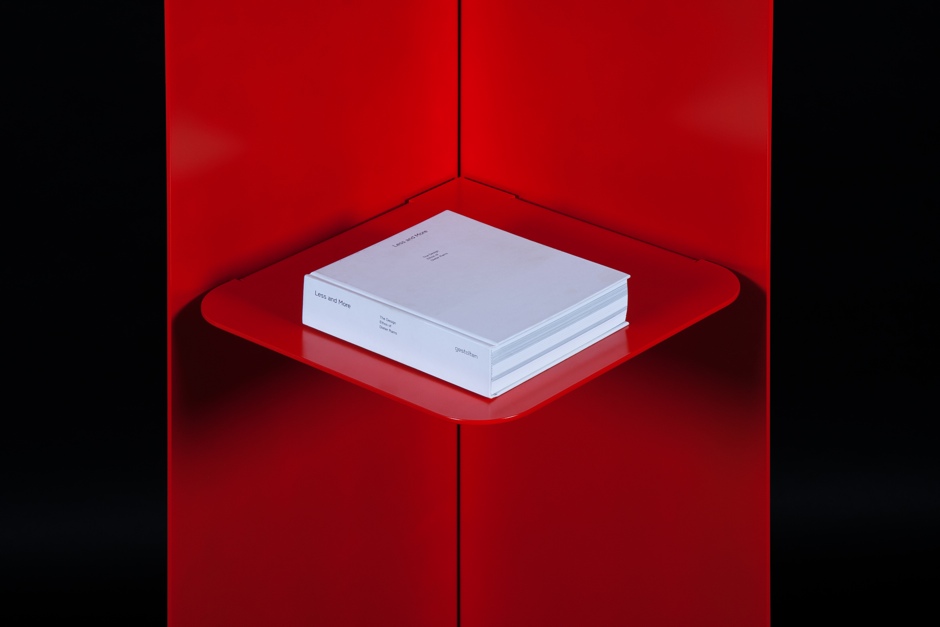
Svetets Svetets is a holder for luchina, a burning wooden sliver. Together they were lighting the dwelling in Russian villages up to the beginning of the 20th century. Svetets by Katerina Kopytina is a base for pendant light, transforming it into a floor lamp.
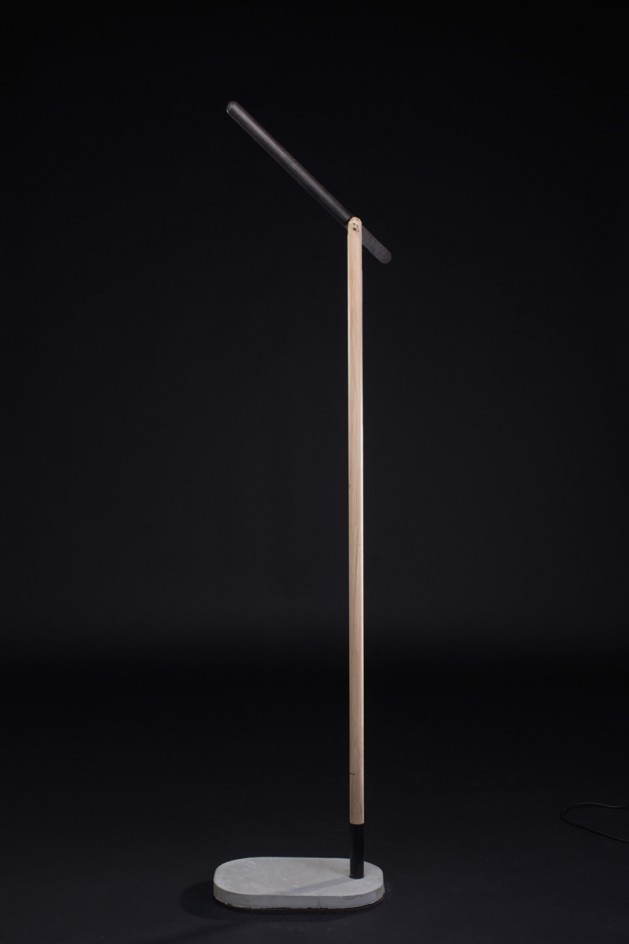
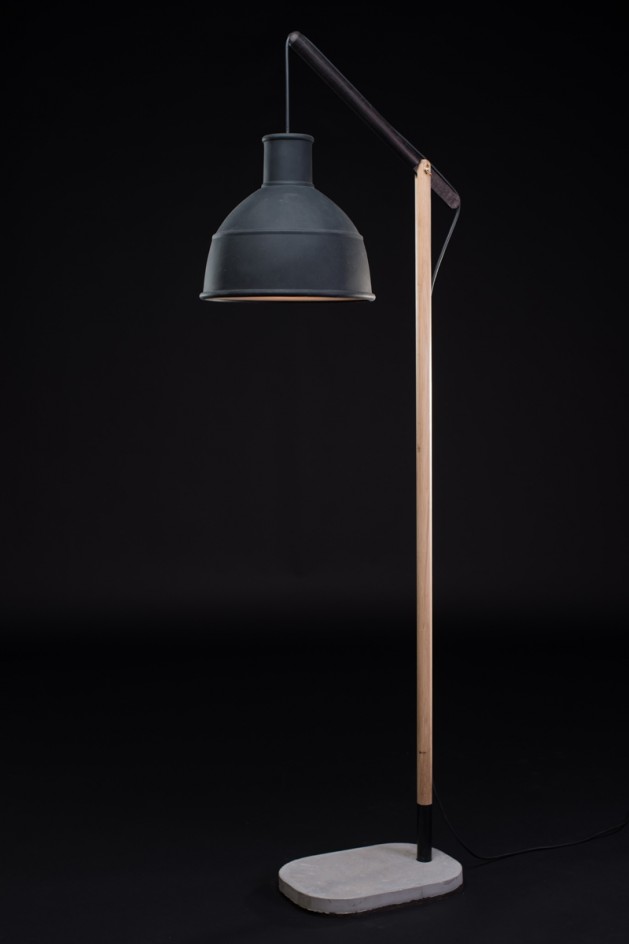
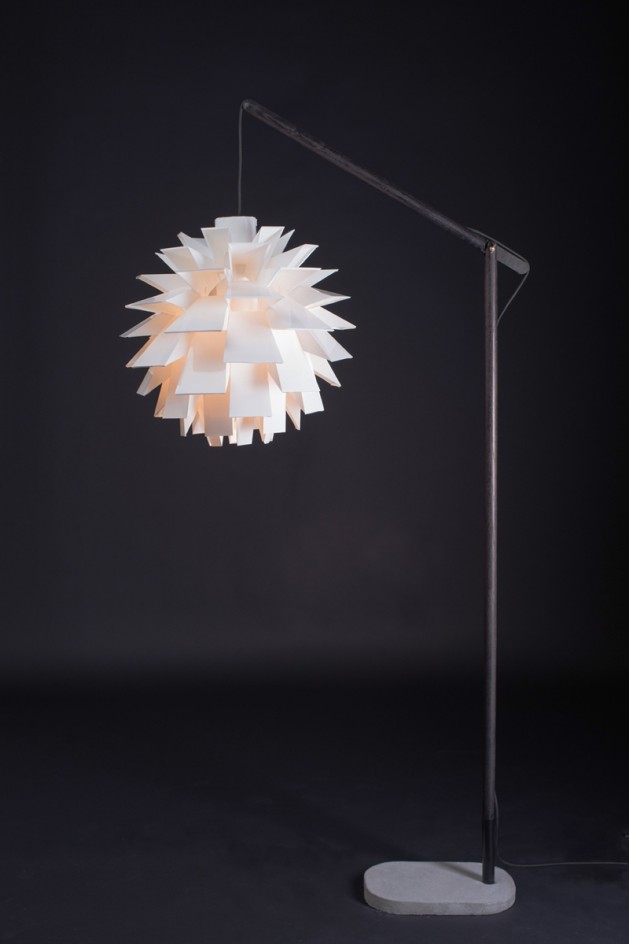
Beard This object and accessory is inspired by one of the symbols of patriarchal Russia. Wearing beards was obligatory for all men in Russia up to the end of the 17th century. A fine presumed in the legal codex of the 11th century for the damage of another man’s beard was only three times less than a fine for a murder. In the end of the 17th century Peter the Great, who pursued Western style of living, announced wearing beards illegal in towns. In the 19th century beards came back with the ideas of Slavophiles. Many famous Russian philosophers and writers chose to wear beards, for example Leo Tolstoy and Anton Chekhov. Now you can try how it feels before growing your own.
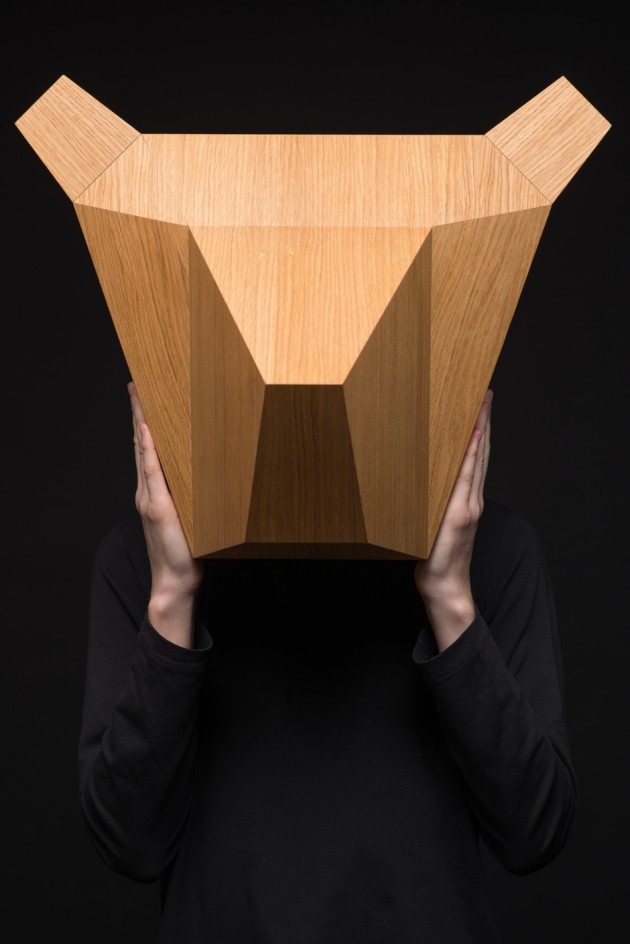
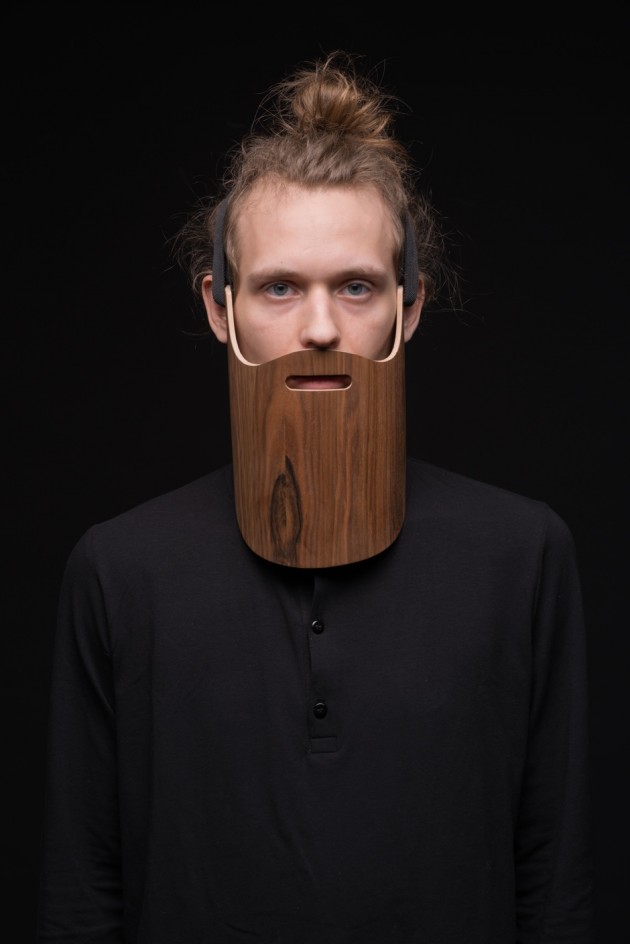
Gorynych
The hero of Russian folk tales, a dangerous dragon with three heads, became a peaceful toy for children.
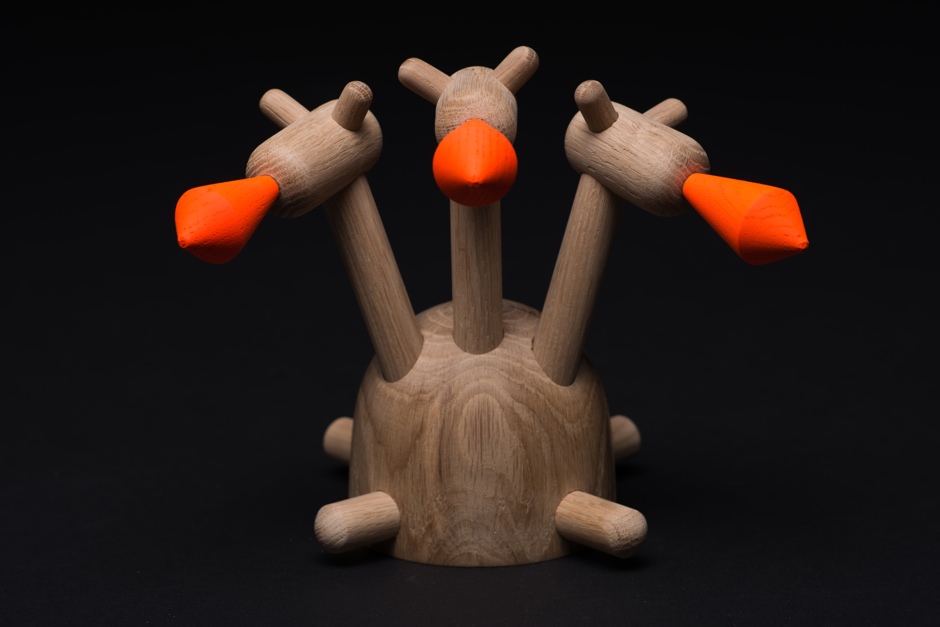
Gorka Many Russian people remember from their childhood a pyramid of pillows decorating the bed in their granny’s house. Anya designed one pillowcase for several pillows, making this pyramid a functional and playful object.
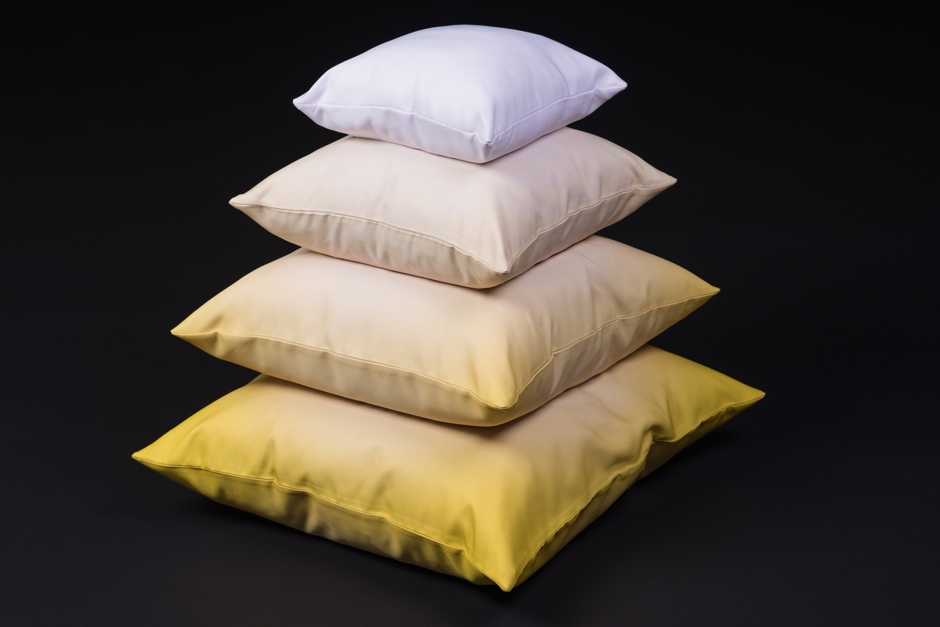
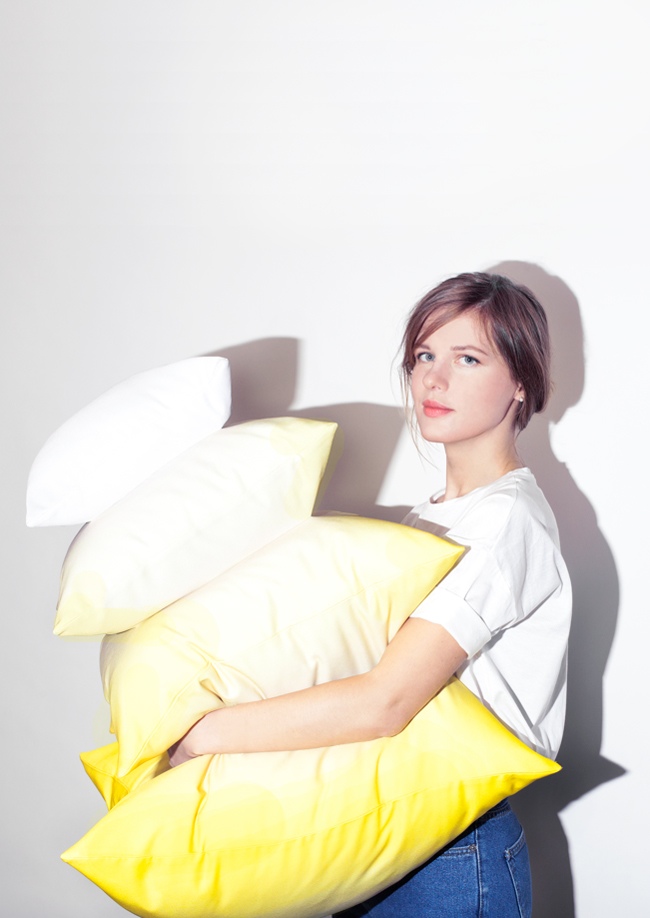
Kokoshnik Kokoshnik, traditional Russian headwear for special occasions, in modern interpretation became an inflatable headwear. Initially it symbolized protection and was a kind of woman’s helmet. Modern Kokoshnik protects your hairdo from the rain.
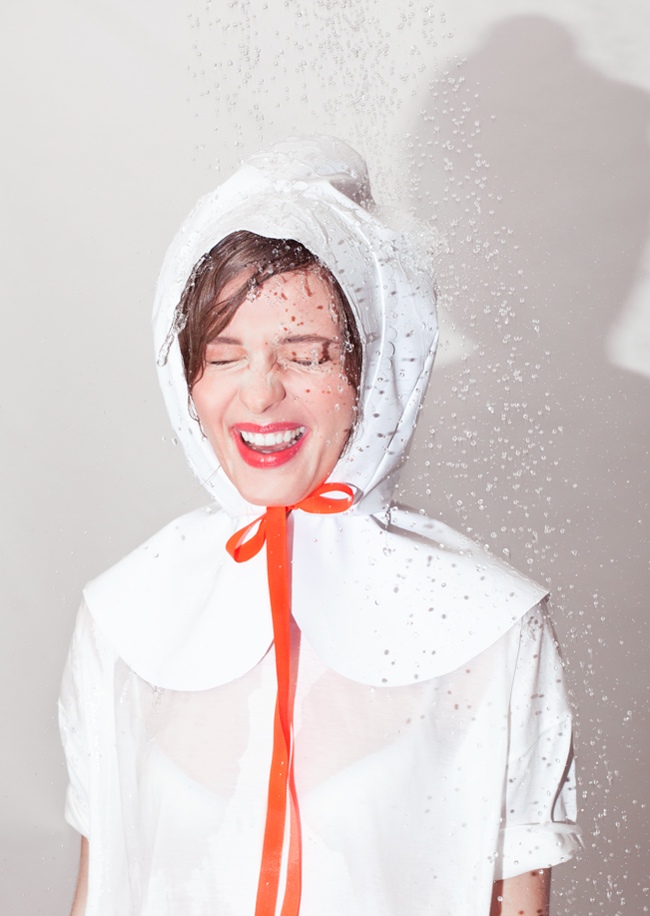
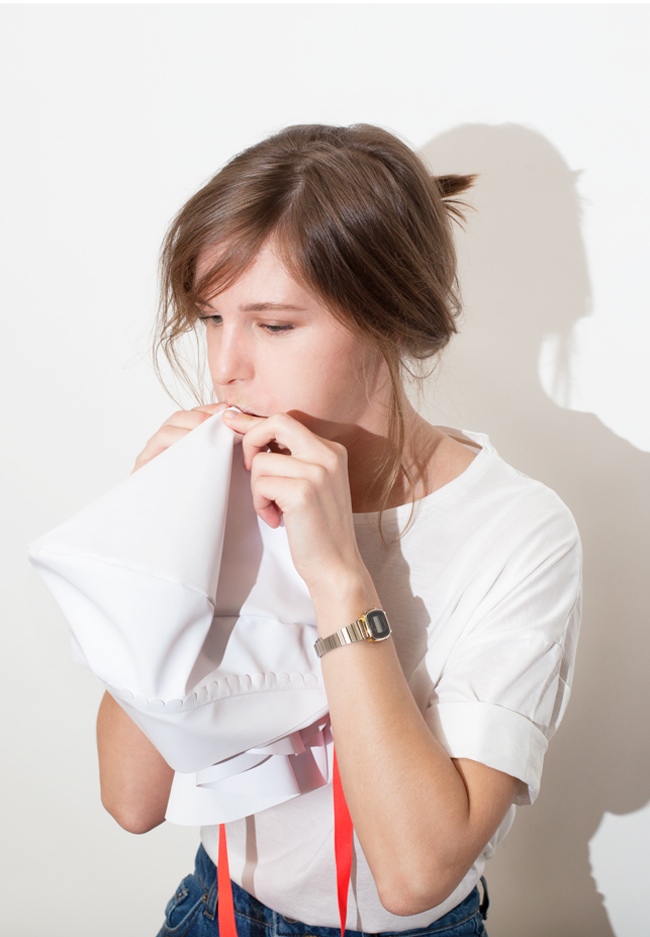
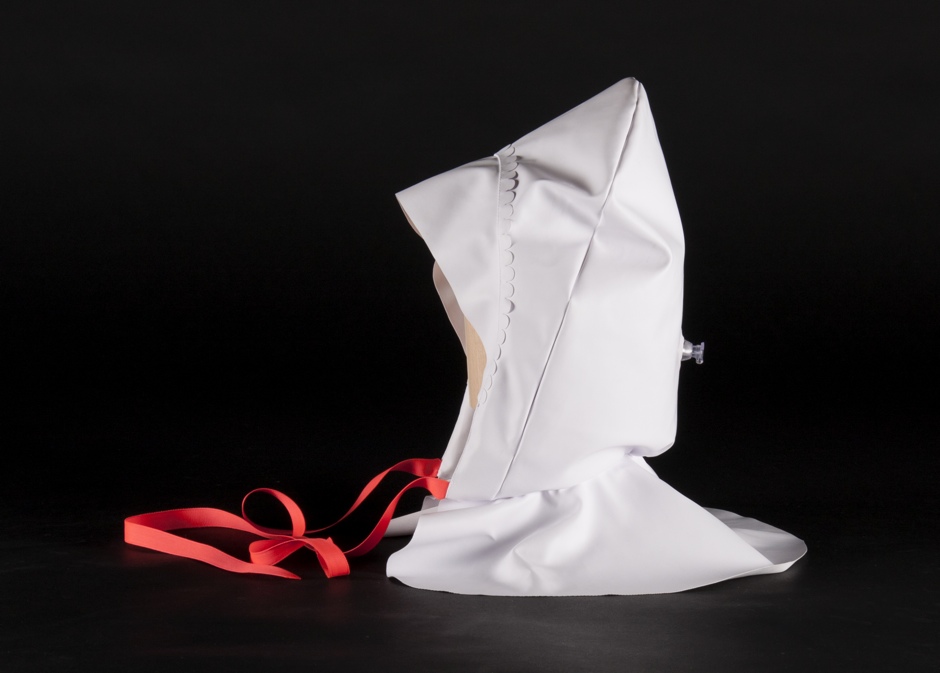
Treschotka Folk music instrument treschotka is made of thin planches fixed together with a rope. In ancient culture, this instrument possessed a mystical function in addition to musical, the sound kept evil spirits away. Rocking horse for children Treschotka not only follows the folk instrument in its unusual structure, but also sounds.

Odnosvechnik This candle holder is inspired with an unusual appliance found in a traditional Yakutian dwelling and displayed now in The Russian Museum of Ethnography in Saint-Petersburg. Odnosvechnik is made of marble, adjustable wooden base inside can lift the candle higher and fix on one of three levels. Due to this, you can keep the flame on the same level for a long time
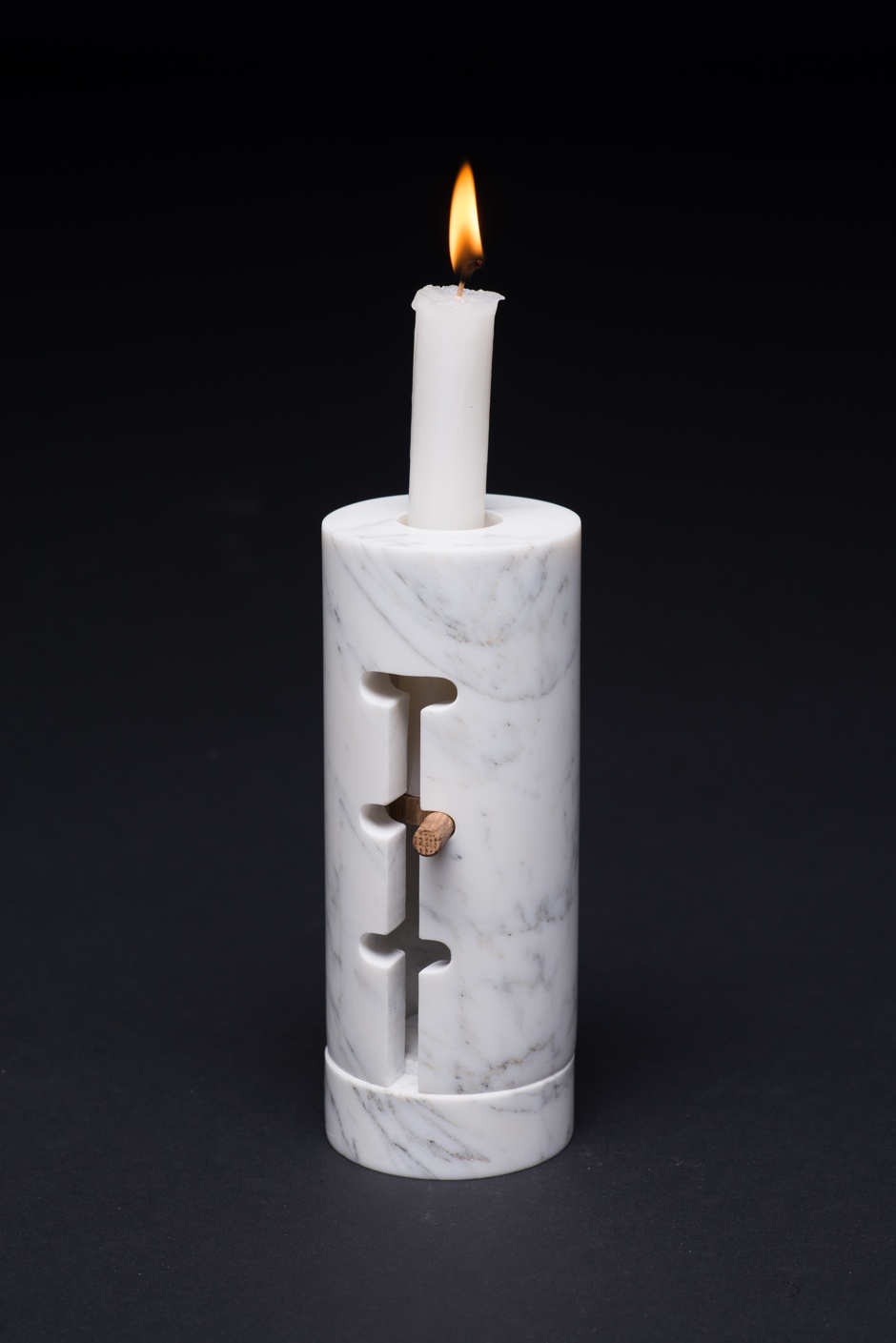
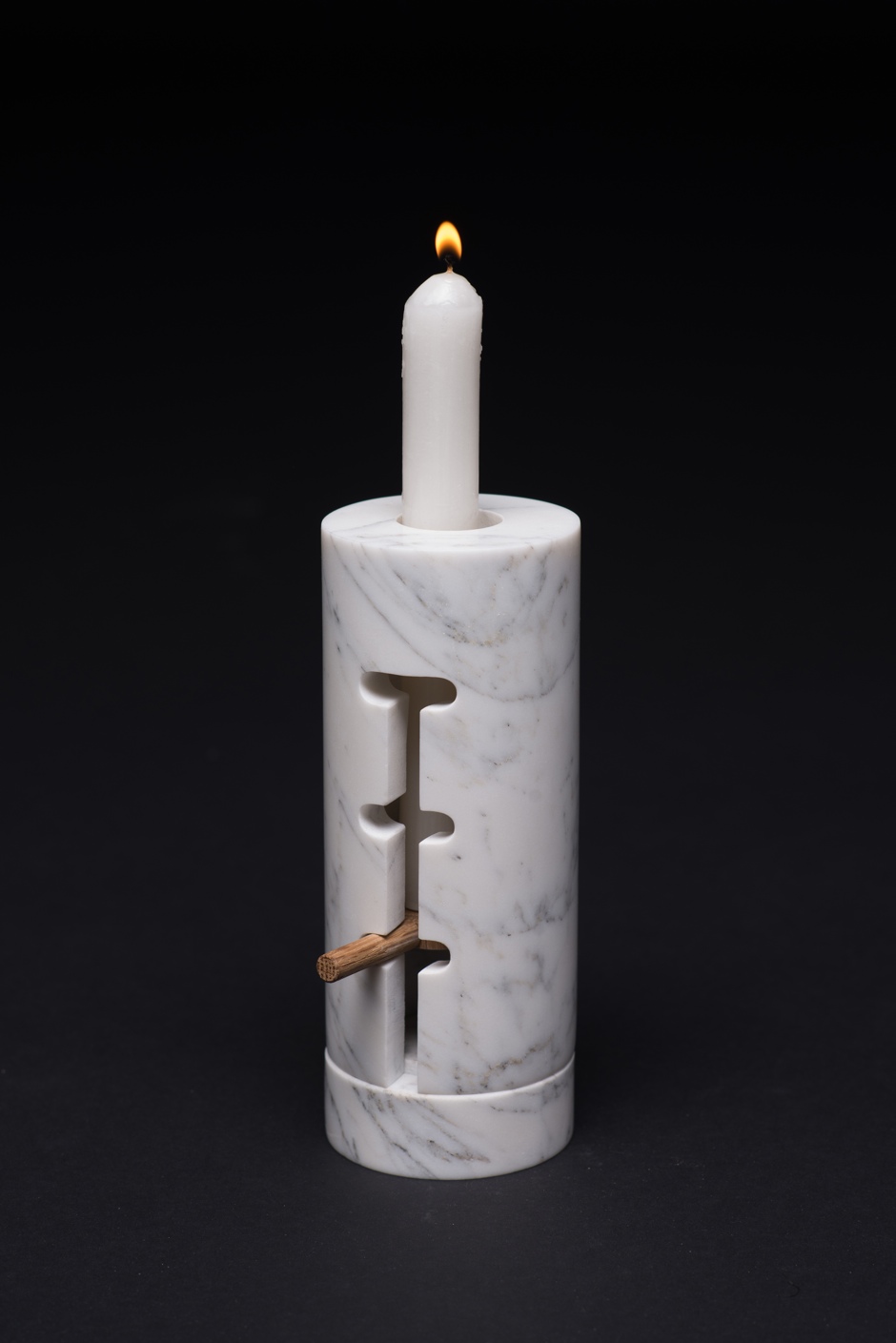
Pridanoe Pridanoe is Russian for dowry. In traditional culture, it was very important to prepare a good and substantial dowry for a bride. Families were accumulating household items, clothes and valuables for many years in a number of chests. Chests were stacked one on top of the other on the floor of on a bench. Pridanoe is a modern interpretation of an old Russian tradition, a set of various containers with a bench stand. Details are decorated with gold plate, typical material for traditional Russian culture.
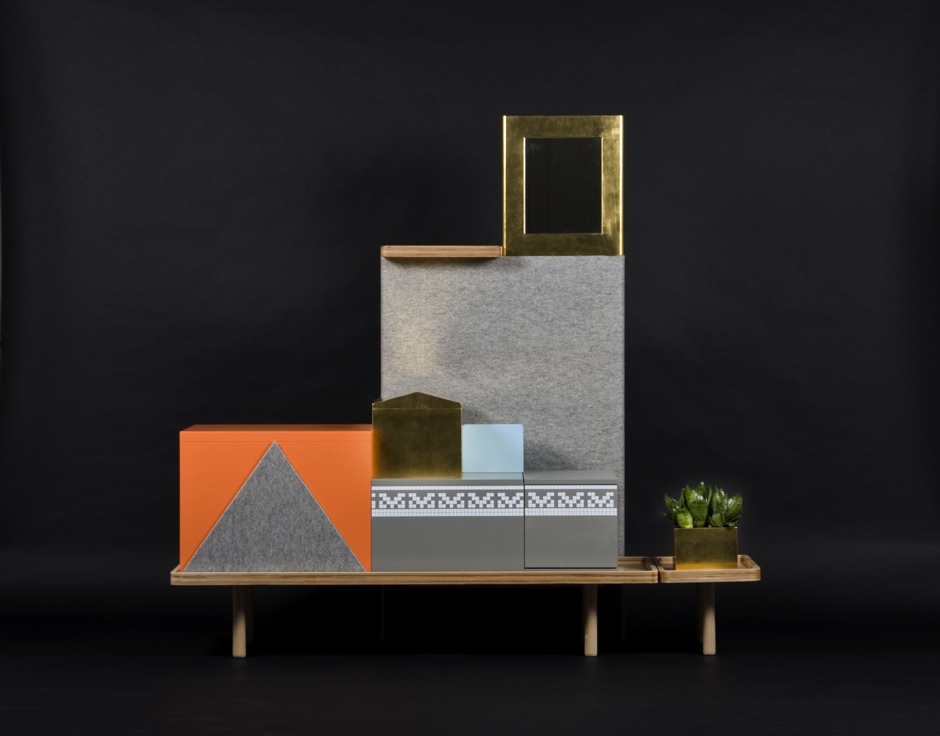

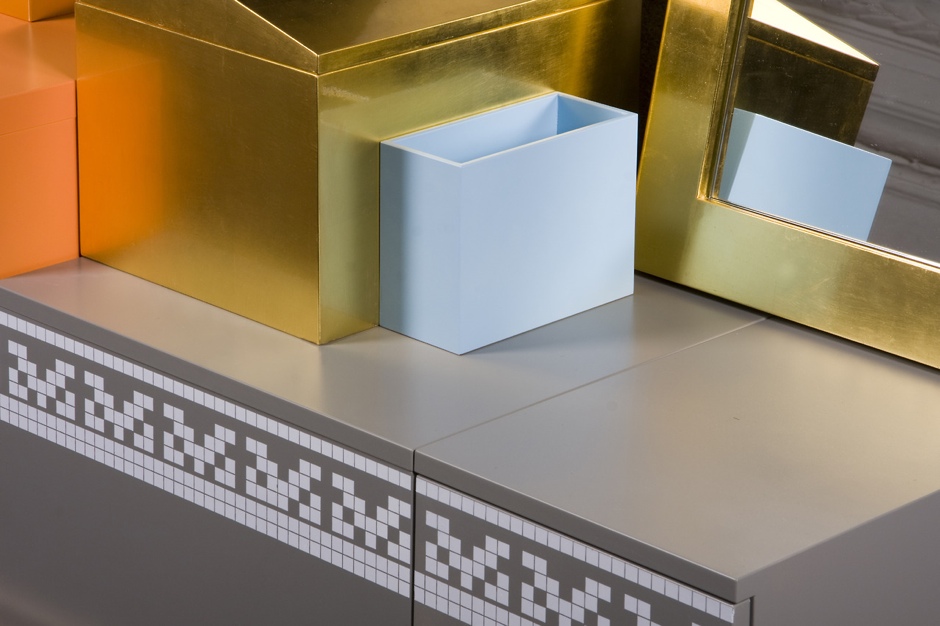

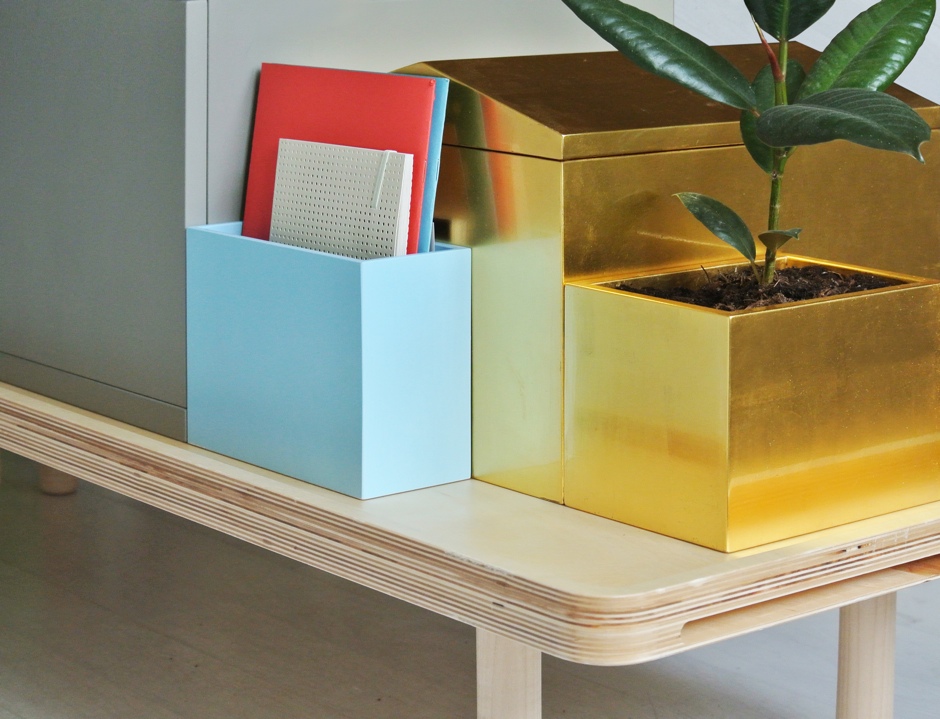
Shkatulka is Russian for casket. Caskets with a ‘secret’, special opening mechanism, were much appreciated in Russia from ancient times and were used for keeping valuables and important items. Storage kit Shkatulka is a system consisting of several containers. You can change their combination depending on the functional needs. Secret lock will take care of privacy.
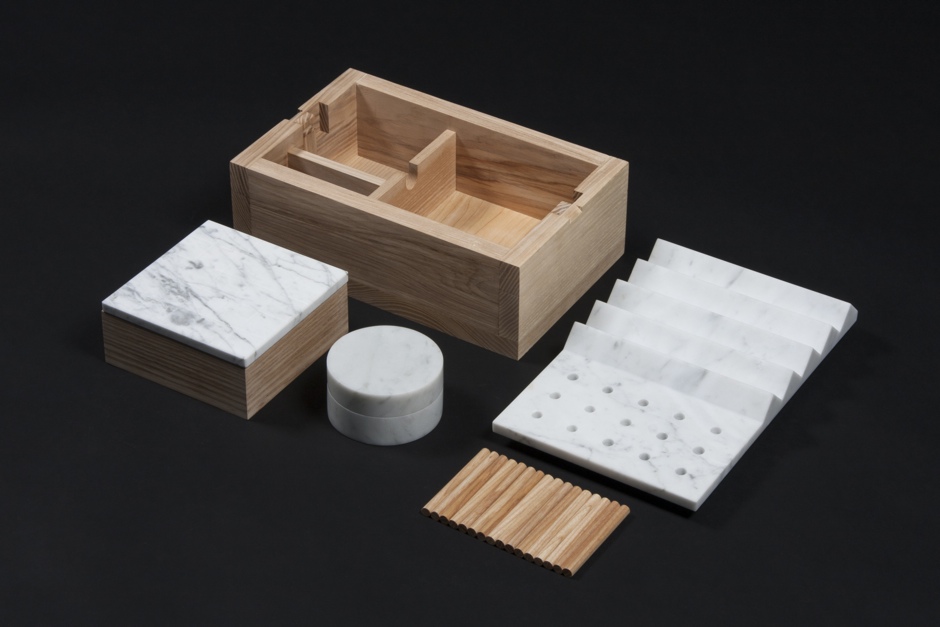
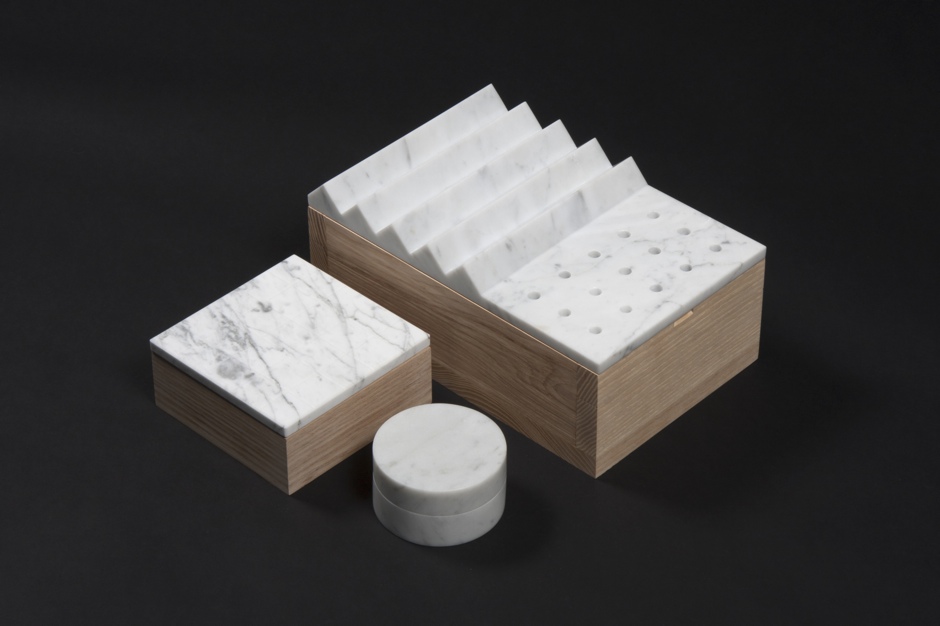
Rusalka & Rusal Rusalka is one of the most romantic images in Slavic mythology. A female humanlike being, it can be compared to a West European mermaid. Rusalkas hide all autumn and winter in rivers, and come out to spend the summer in the fields and forests. They play among the ripening ears of corn, swing on the branches of the trees and spellbind careless young men. According to less known folk stories, male rusalkas also exist. This became a starting point for a new story told in printed textiles.
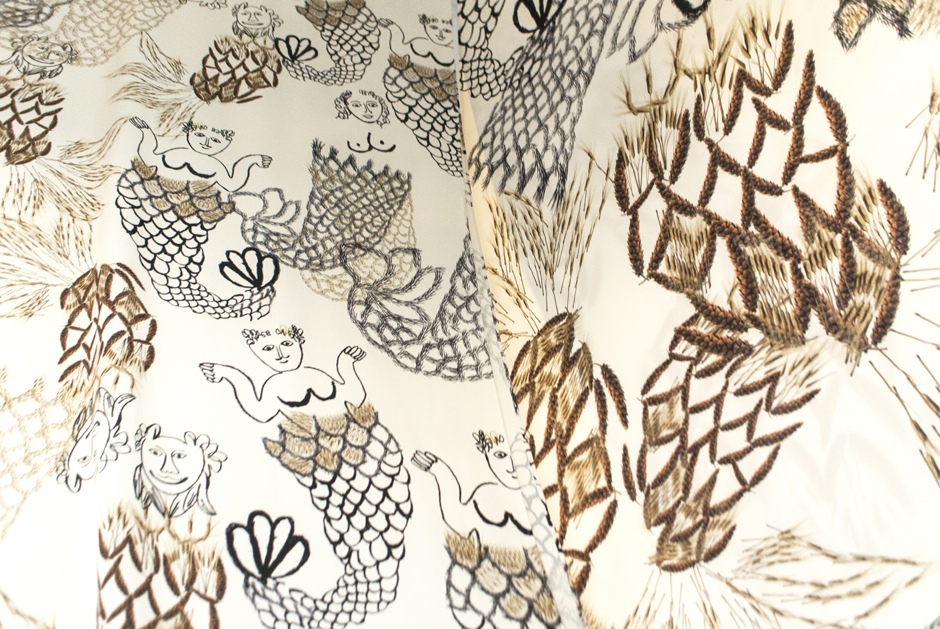
Project curator: Tatiana Kudryavtseva - Design Gallery/Bulhaup St. Petersburg Graphic designer: Anna Kulachek Photographer: Mitya Ganopolsky
Jessica Harrison proposes a multi-directional and pervasive model of skin as a space in which body and world mingle. Working with this moving space between artist/maker and viewer, she draws on the active body in both making and interpreting sculpture to unravel imaginative touch and proprioceptive sensation in sculptural practice. In this way, Harrison re-describes the body in sculpture through the skin, offering an alternative way of thinking about the body beyond a binary tradition of inside and outside.
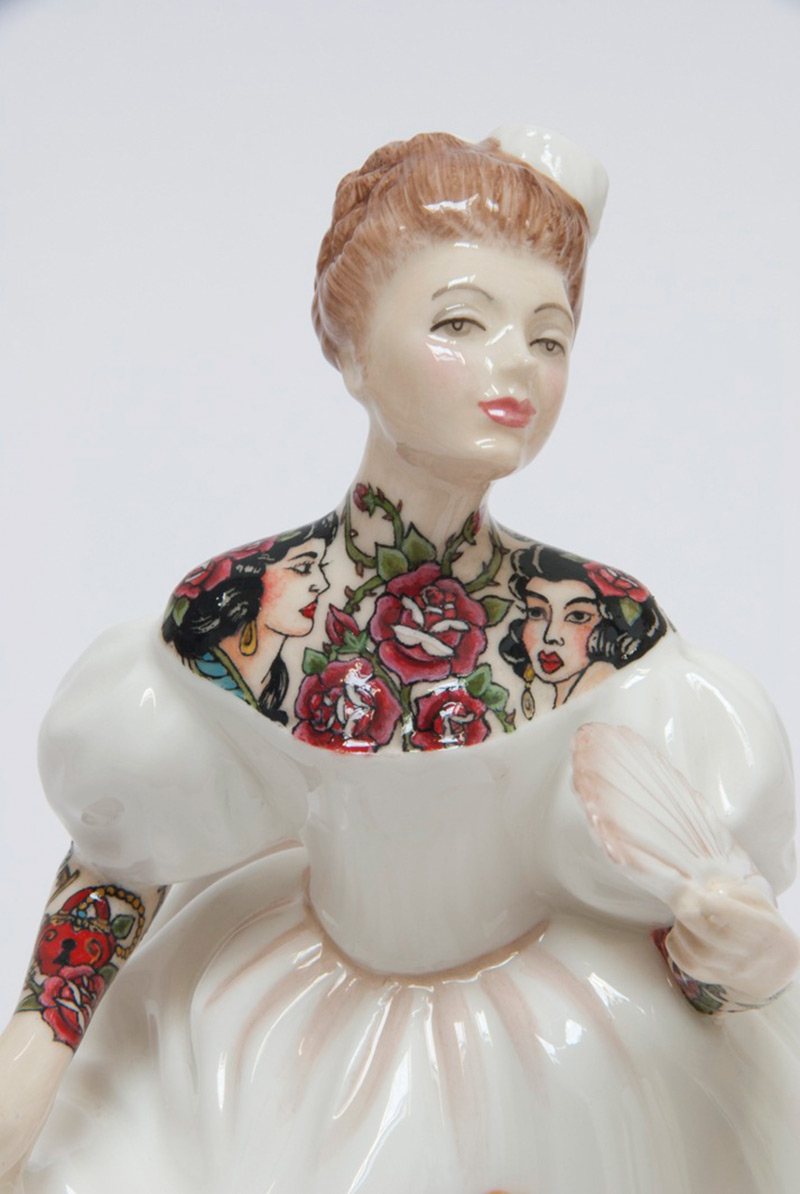


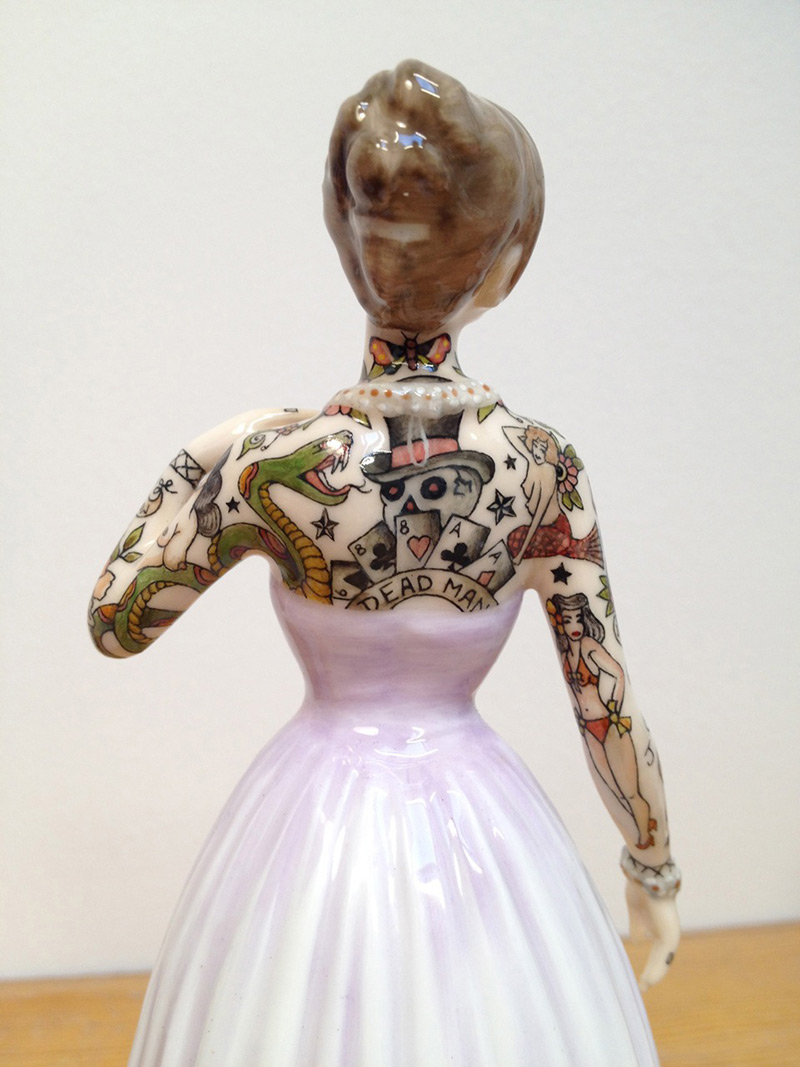
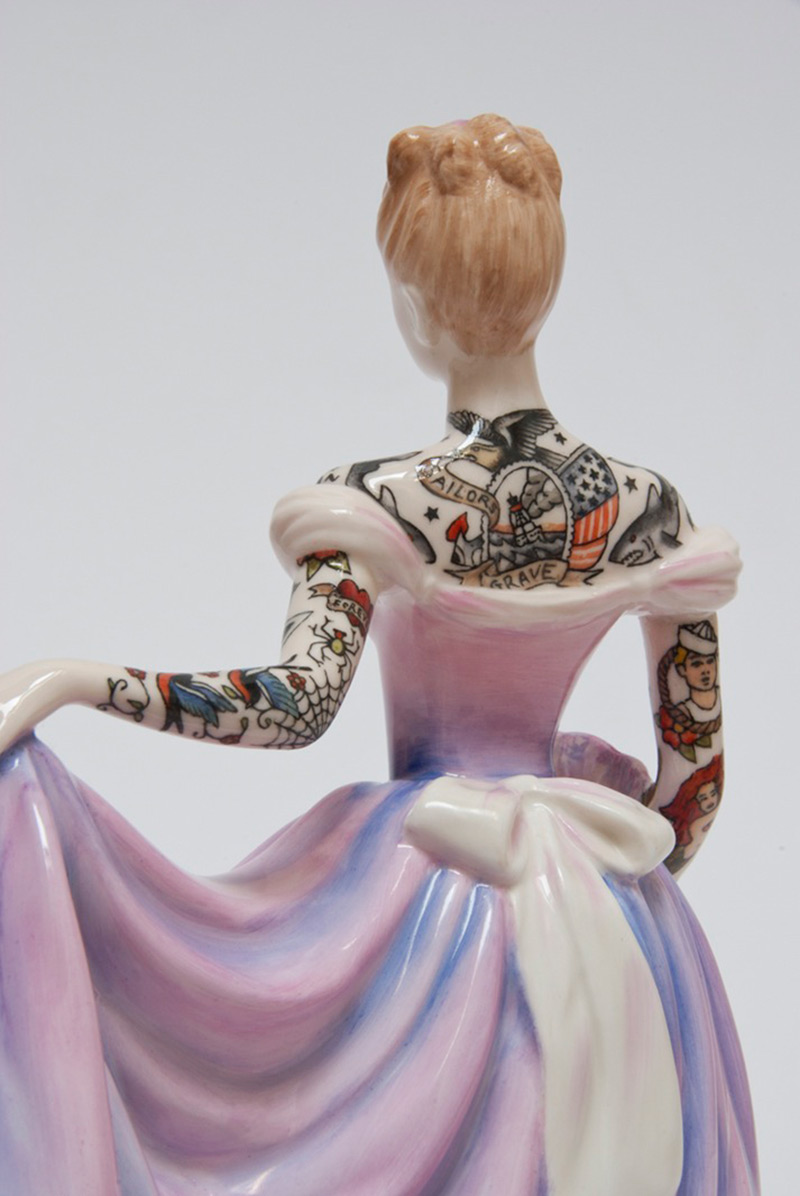
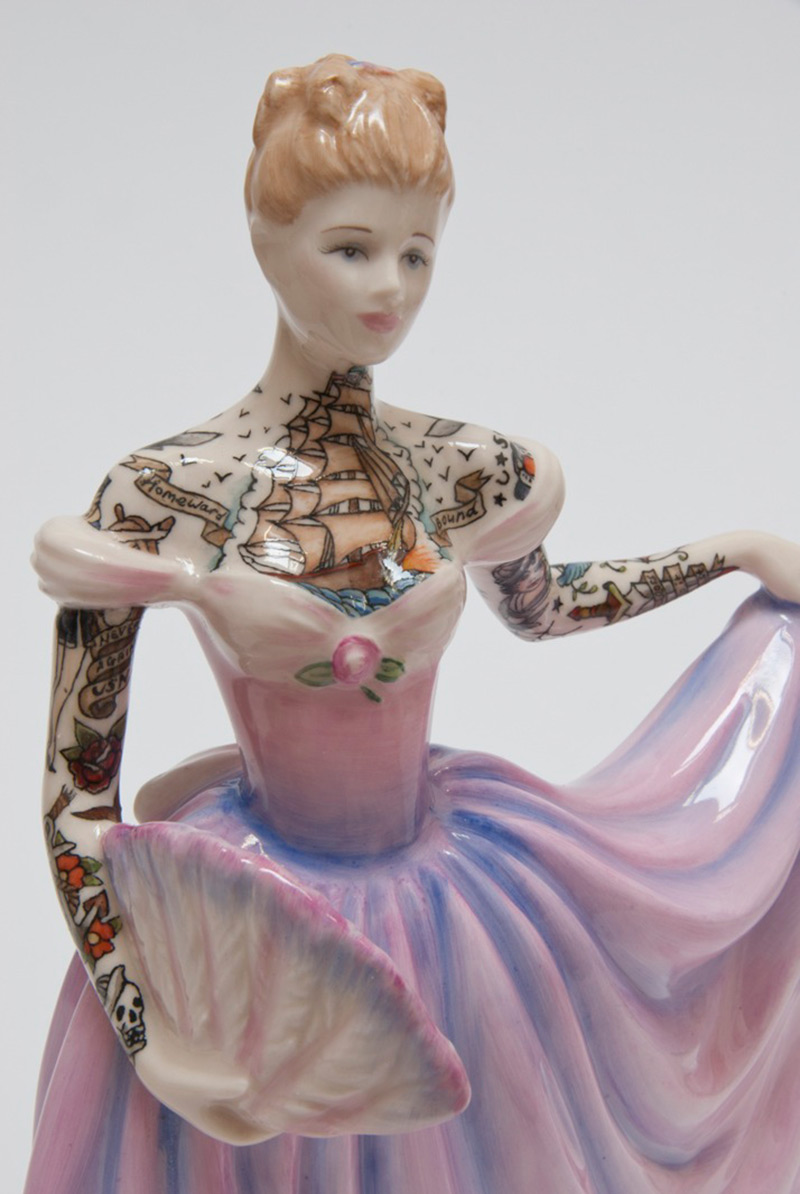

Bo Bartlett is an American realist with a modernist vision. His paintings celebrate the underlying epic nature of the commonplace and the personal significance of the extraordinary.
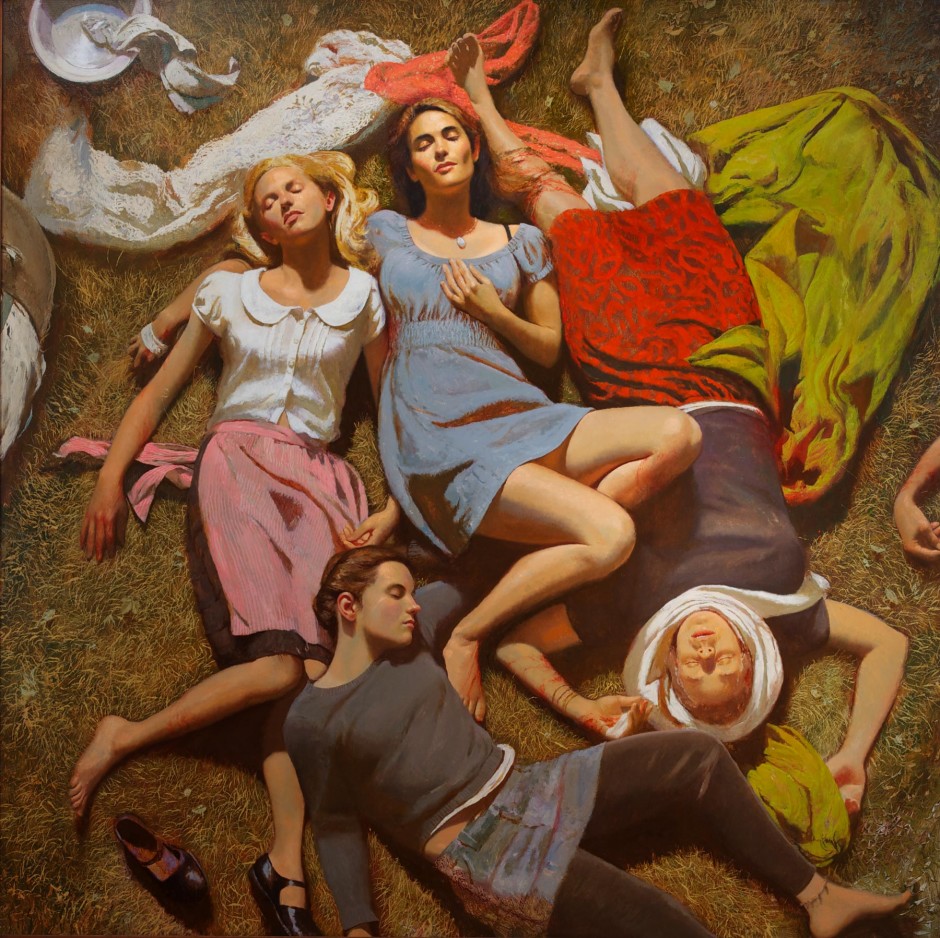
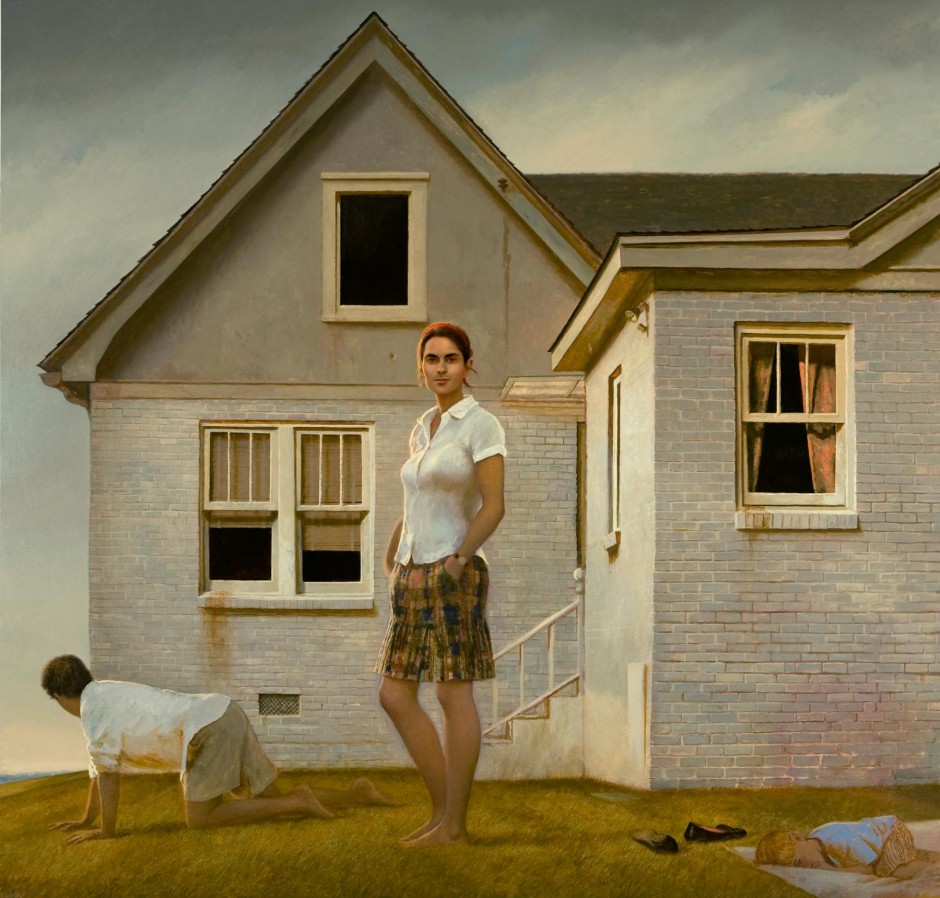
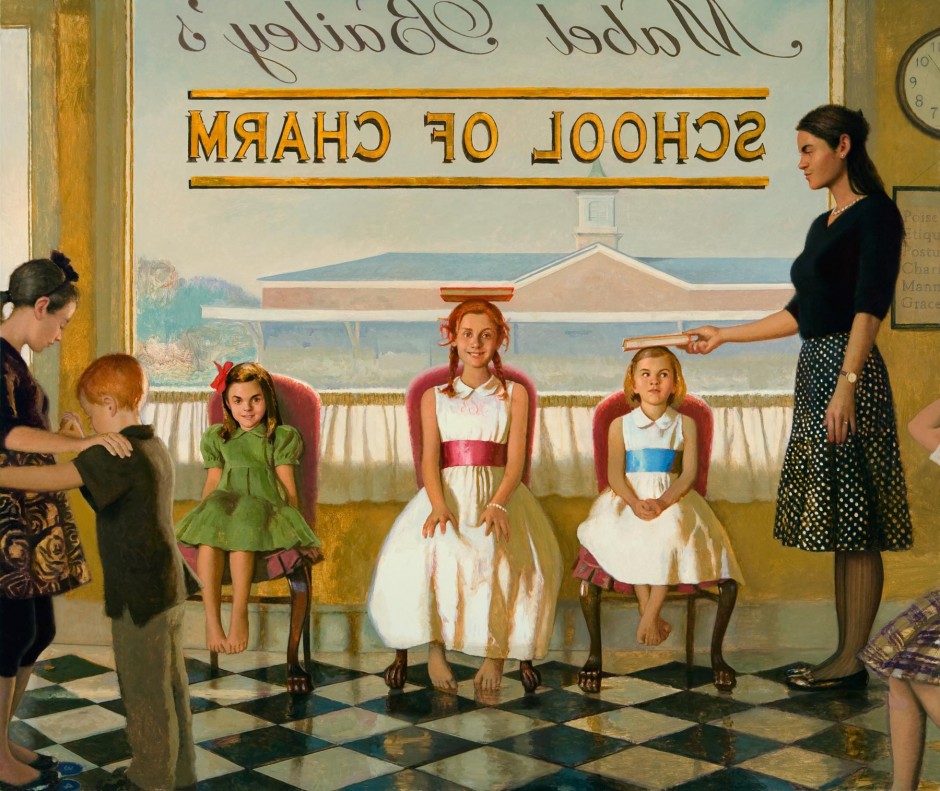
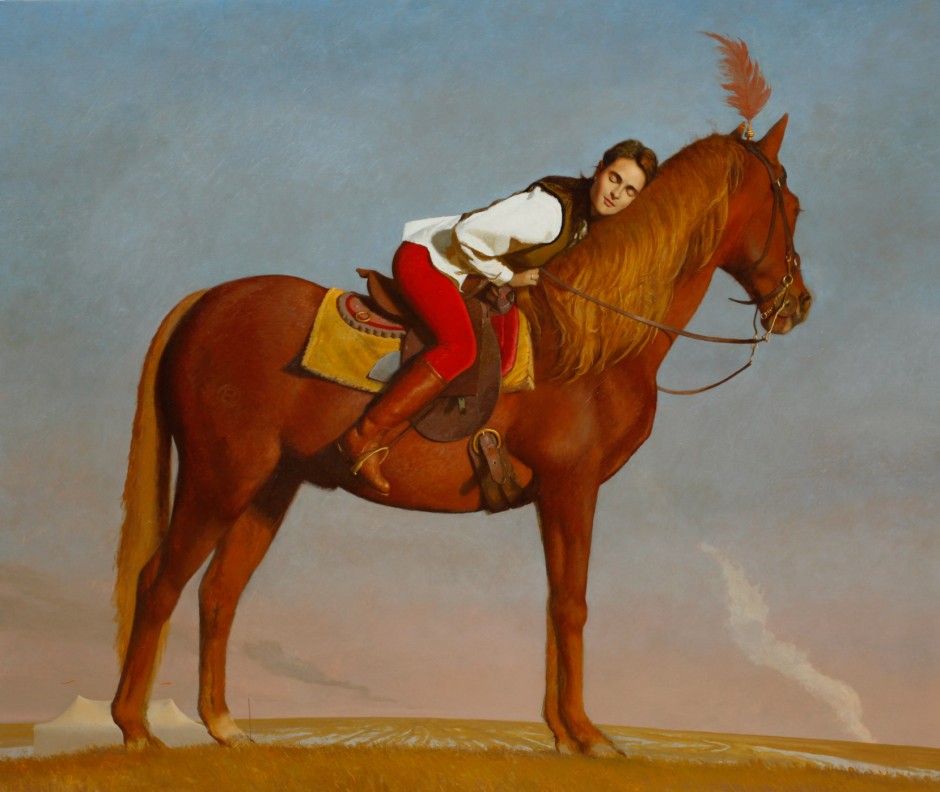
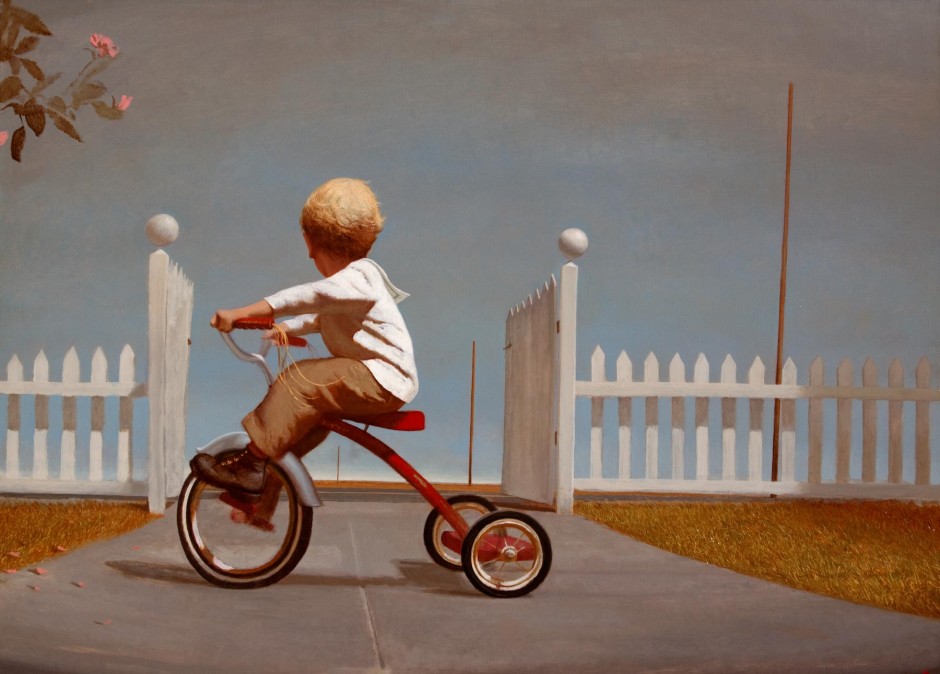
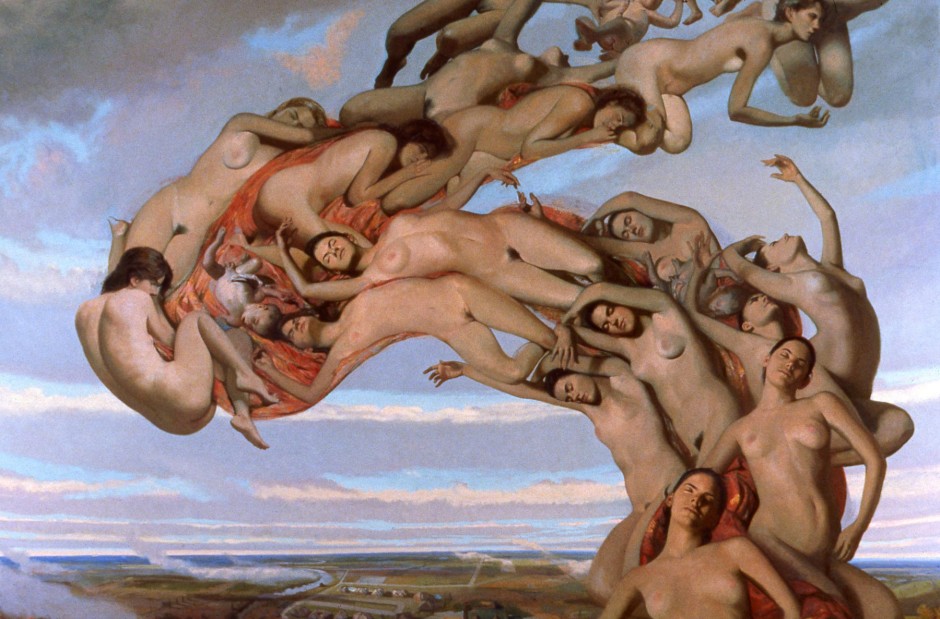
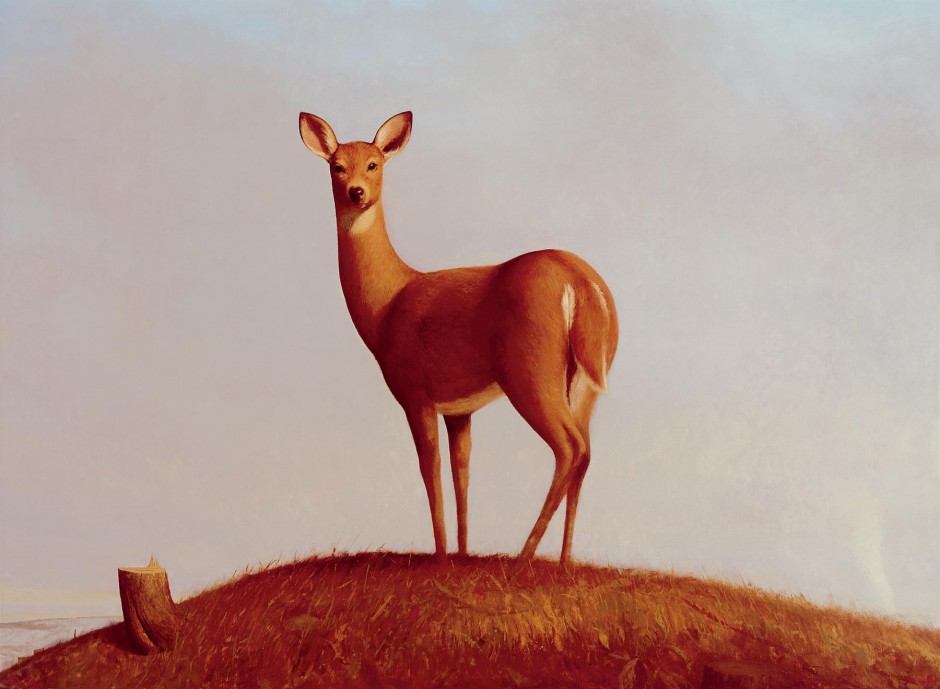
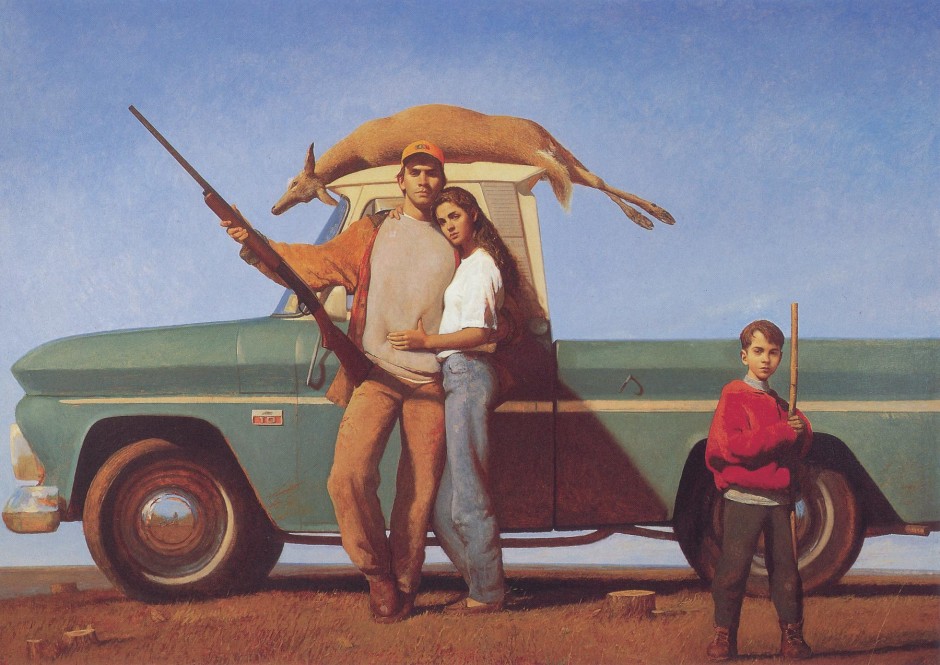
Earlier this year, two heavy-weight motion designers Alex Frukta and Vladimir Tomin joined forces and created the independent studio "NORD" based in NYC. The new reel is just around the corner, hurry up to watch it below!
http://vimeo.com/95070779
Philadelphia-based artist Maria Teicher’s latest body of work focuses on portraits and narrative paintings that feature disturbing yet delicate compositions. Each tells stories based on personal experiences in a very concise yet mysterious way. The open-ended yet evocative works give viewers a space to relate and “bring one’s own experiences into each piece.” via
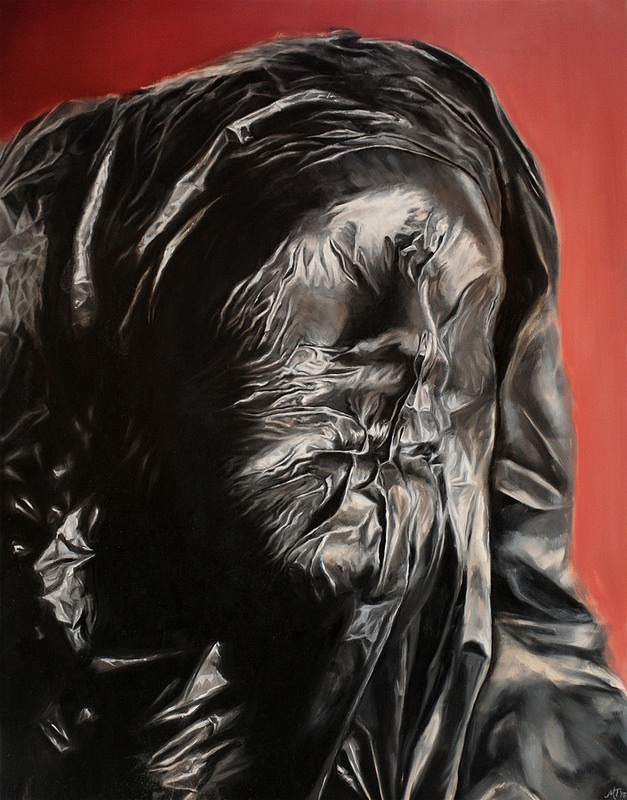
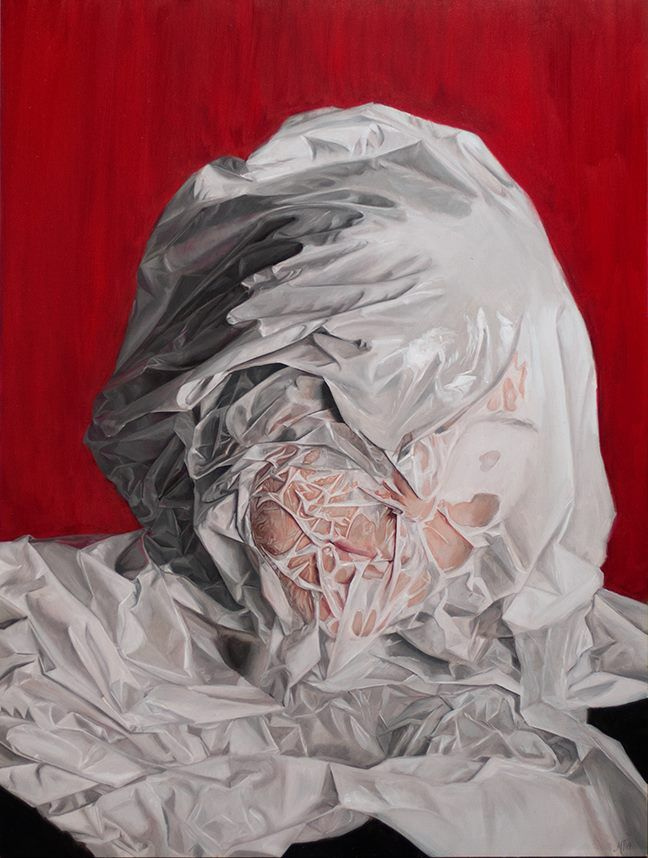
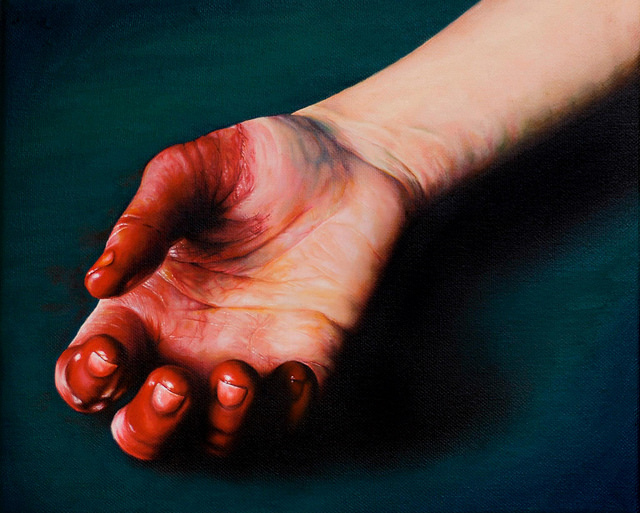
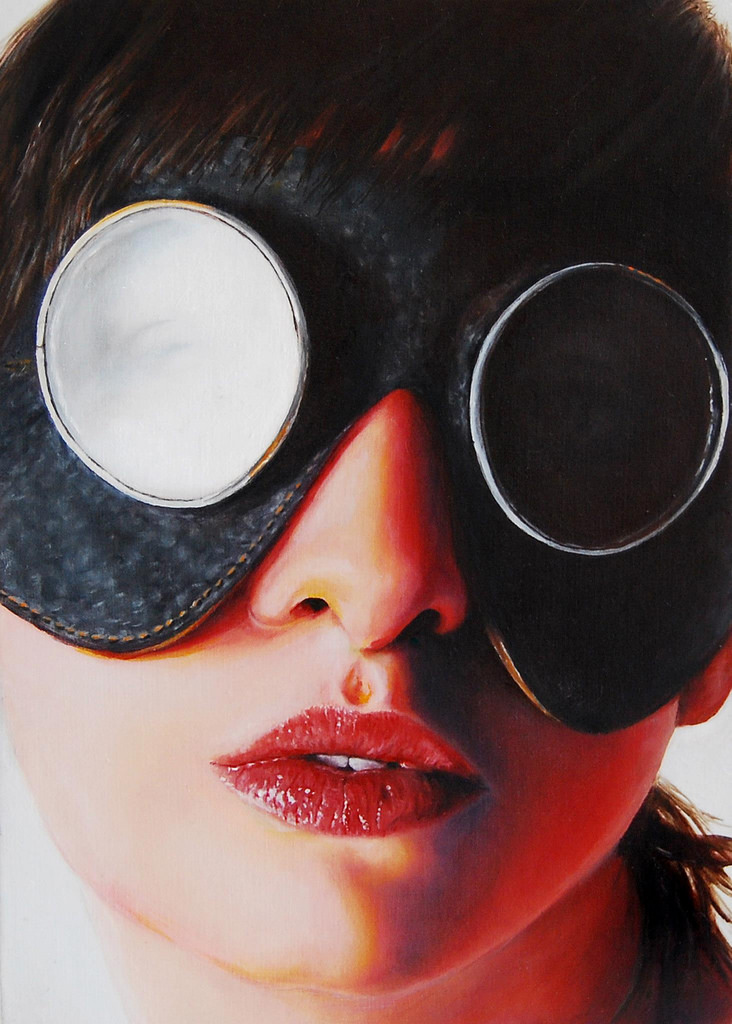
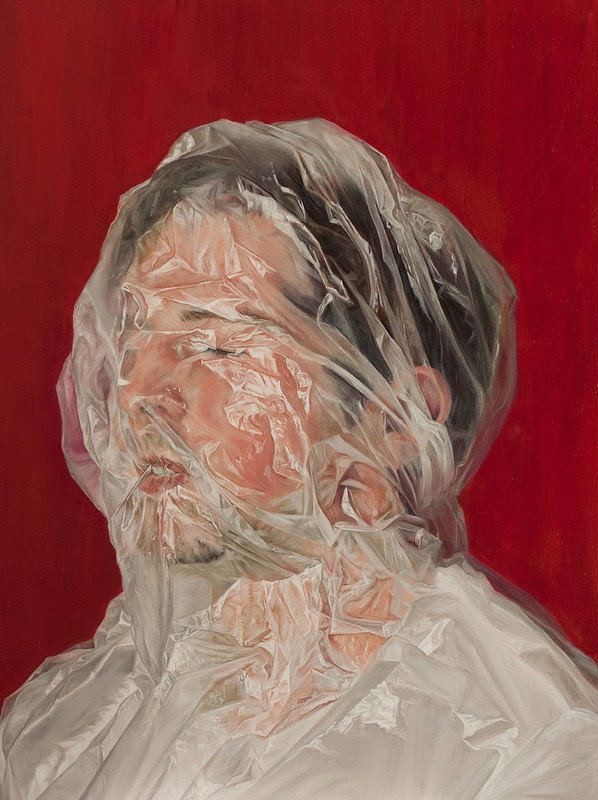
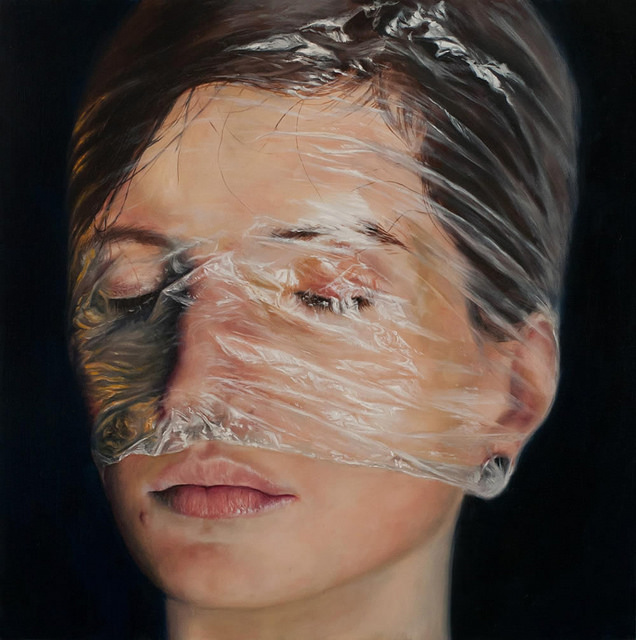
Alfred Imageworks from Seoul released a nice animation about Johnny - a Space Delivery Man who travels between different planets to deliver packages.
http://vimeo.com/94502406
French photographer Laurence Demaison has released two new photo series’ entitled ‘In the clouds’ and ‘Meditations’. Both projects illustrate haunting images of subjects engulfed in smoke. Demaison has an affinity for distortions of the human body – her previous projects depict the manipulation of reflections, refractions, visual repetitions and the experiments through the idea of light in darkness.
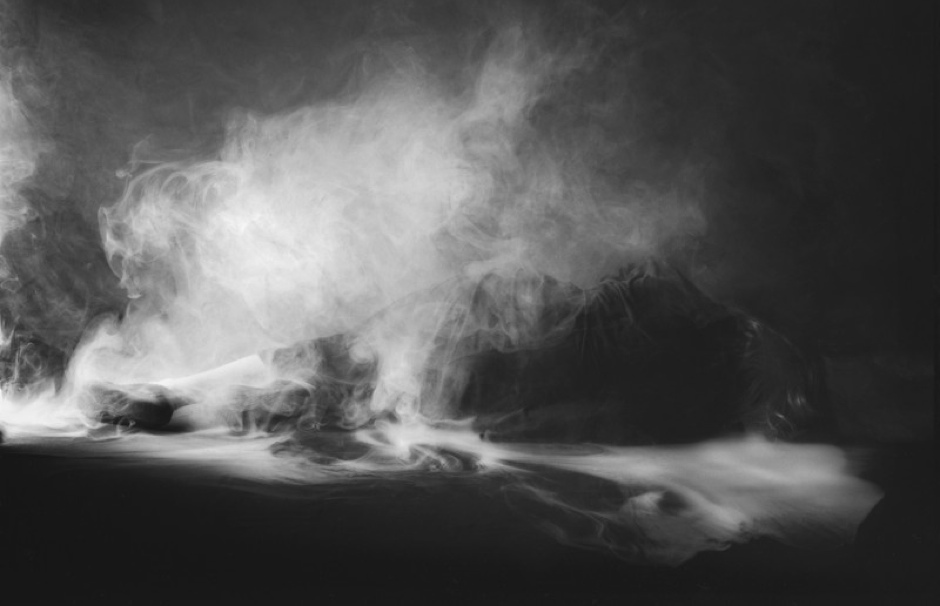
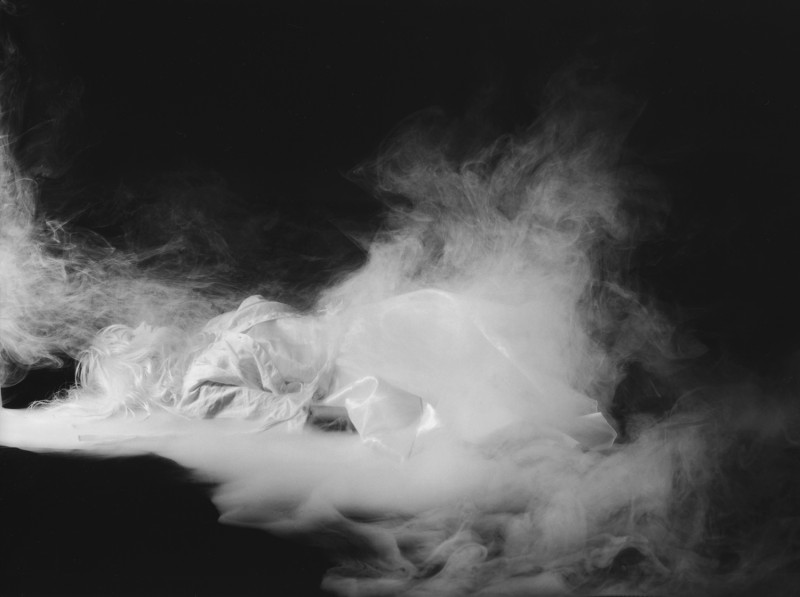
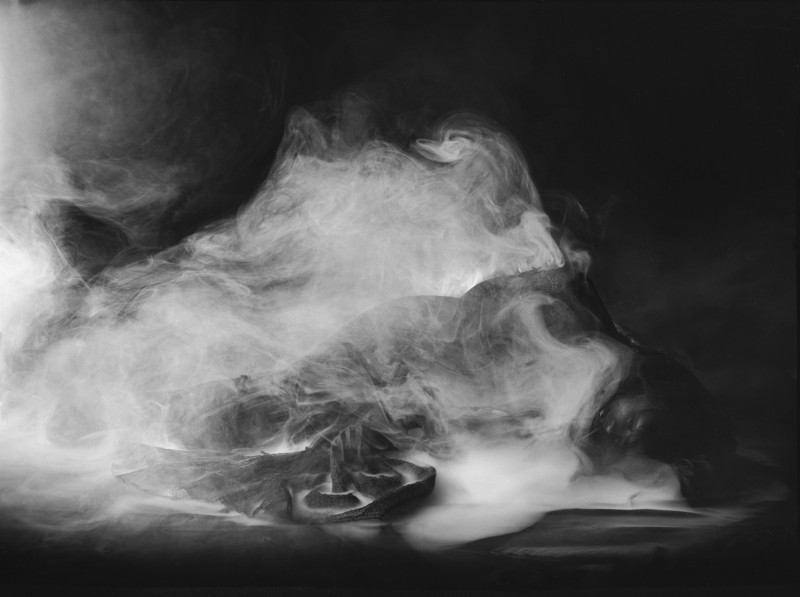
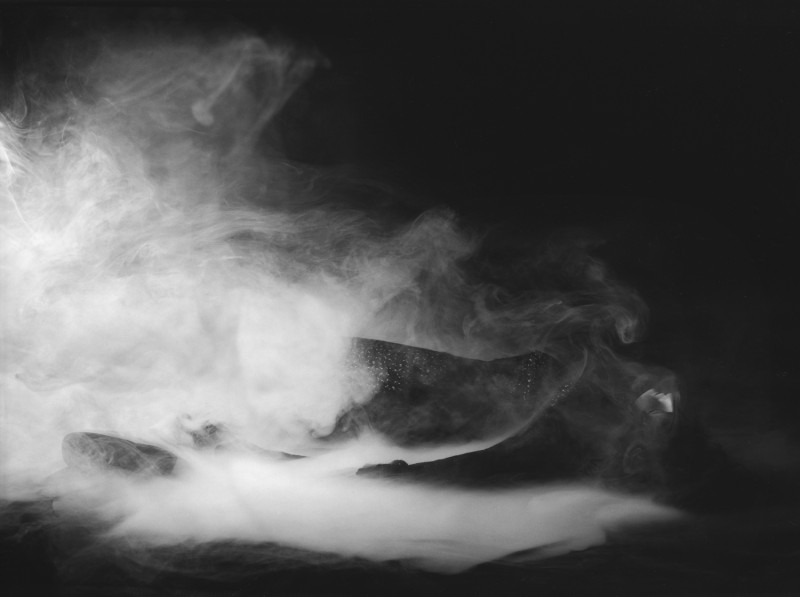
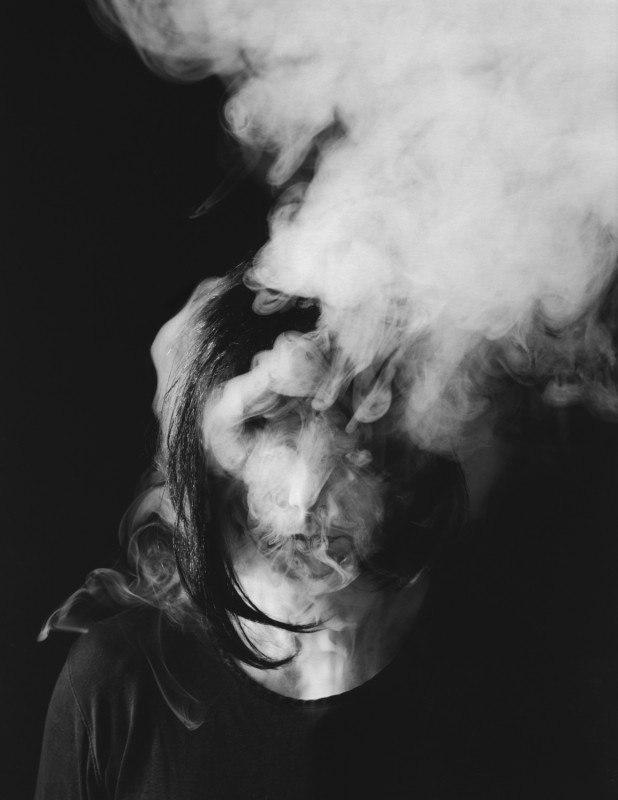
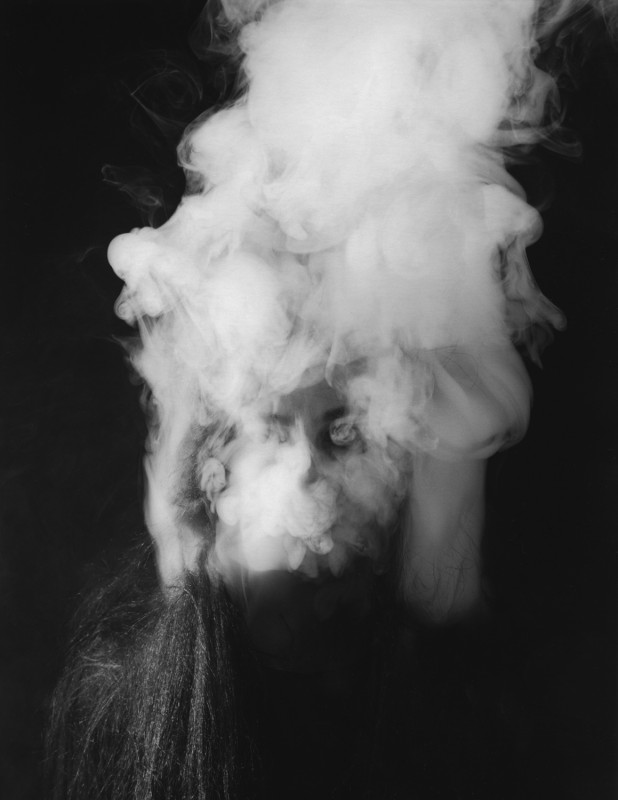
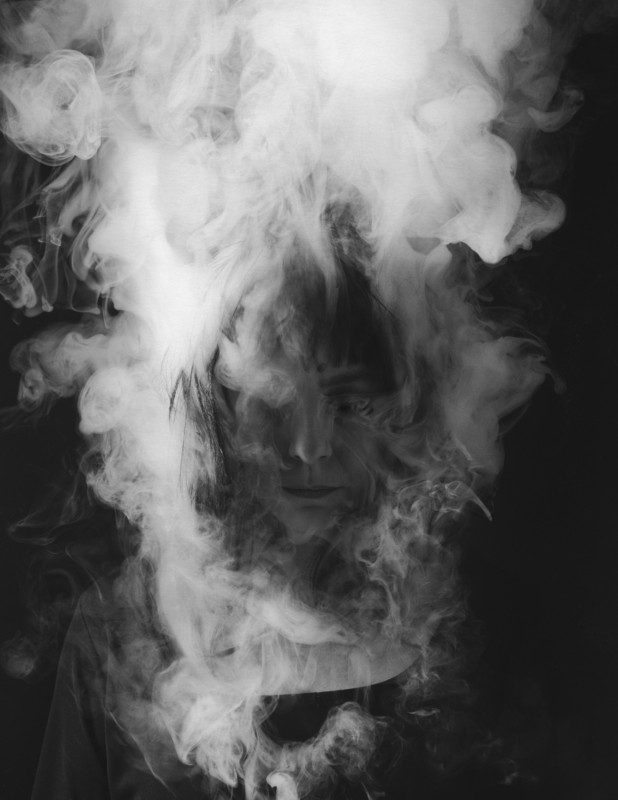
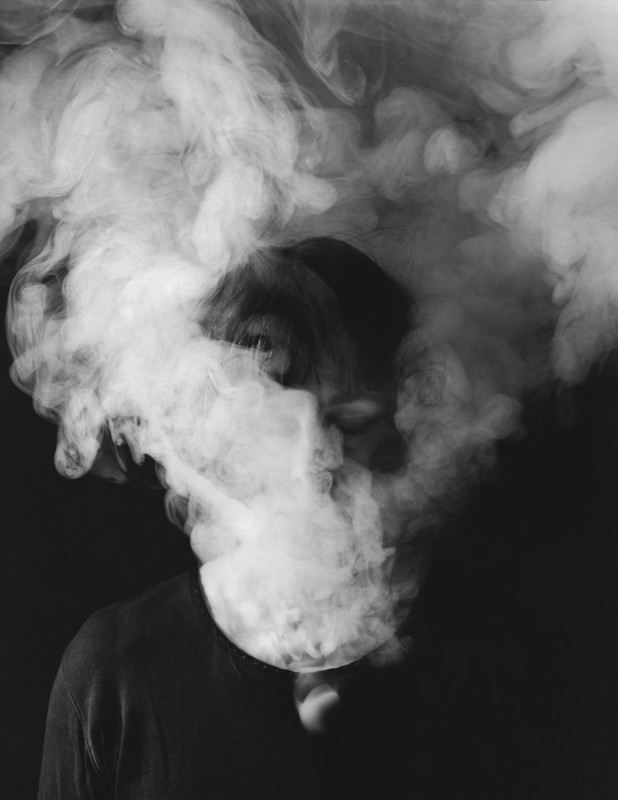
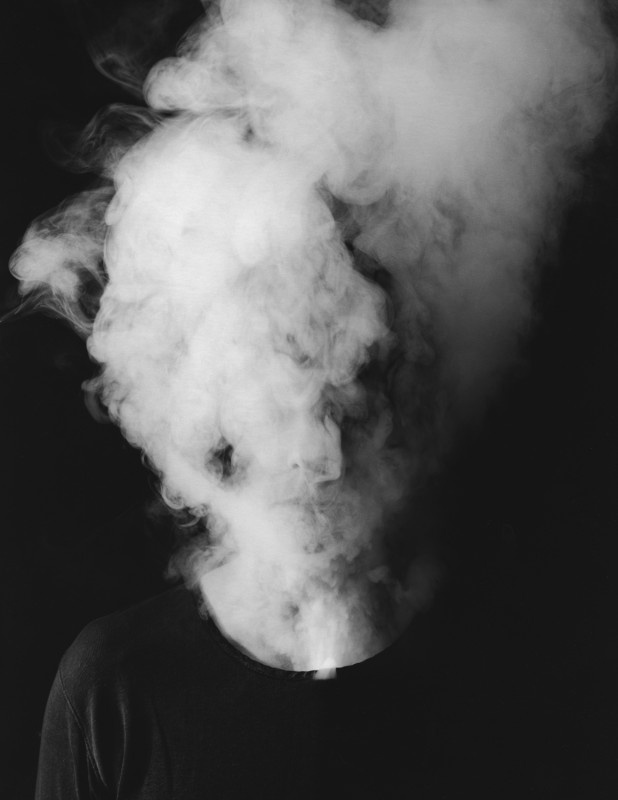
"World-renowned choreographer and artist William Forsythe has just unveiled his latest “choreographic object,” an old municipal market space filled with hundreds of suspended pendulums that swing in timed sequences. As visitors move through the space they are forced to duck, dodge, and dart through the rows of swinging weights resulting in an impromptu dance. Forsythe is known for his unique blend of choreography and artwork where the viewer often becomes a participant in his interactive installations." text via Colossal
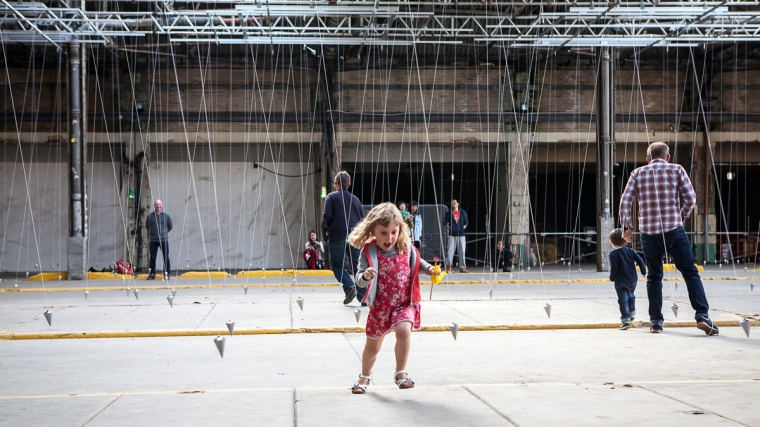
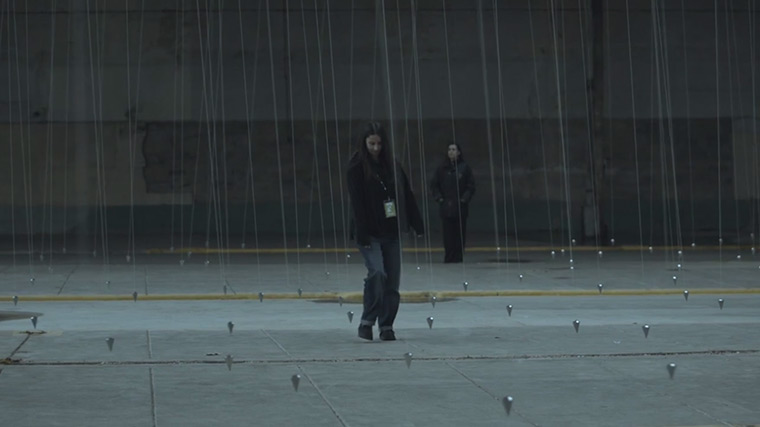
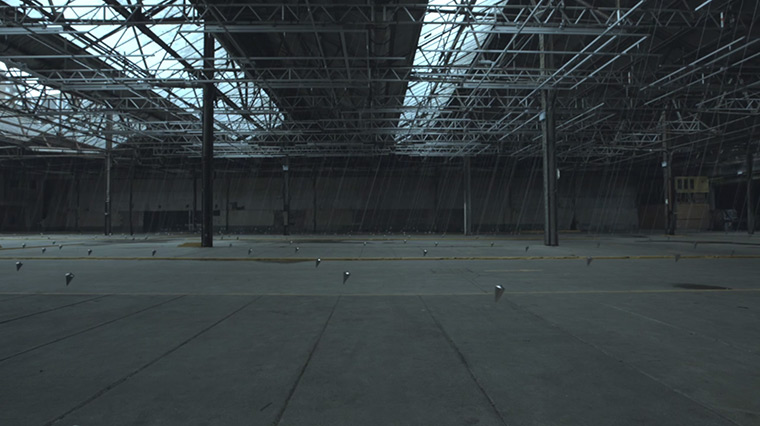
http://vimeo.com/94638603
Russian artist Edgor Kraft shares his new updated "Kraftfolio" packed with awesome projects from art installations to murals. The website itself is a conceptual playground worth to visit and share.
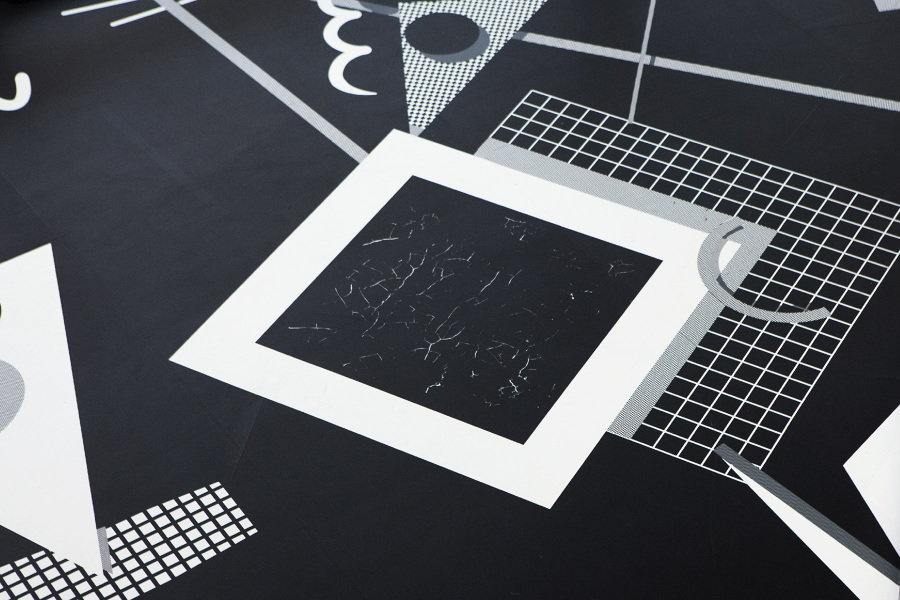
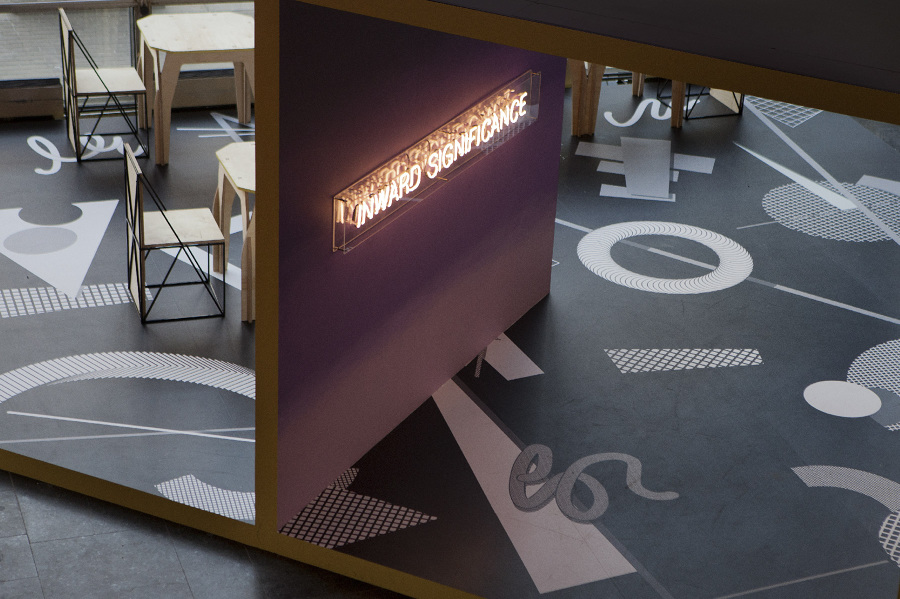
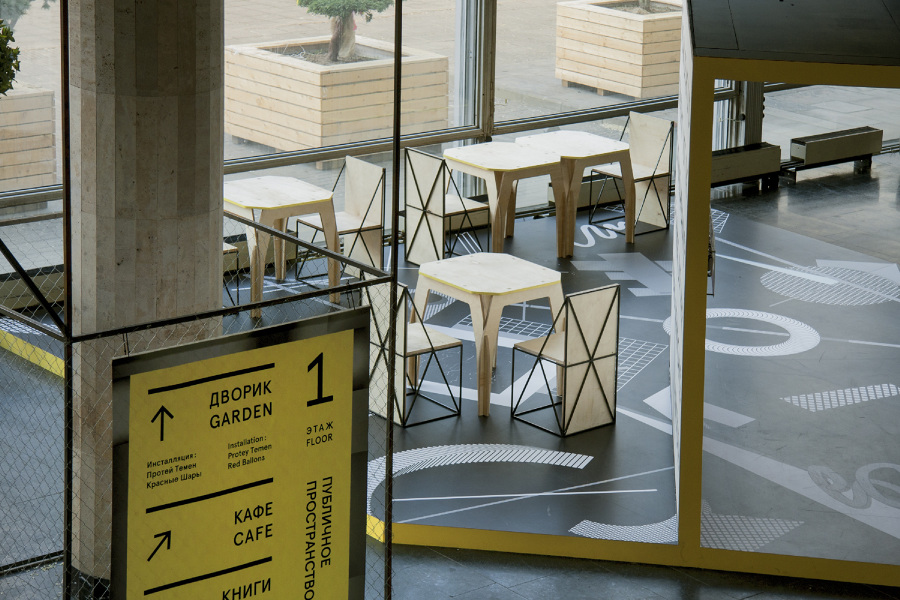
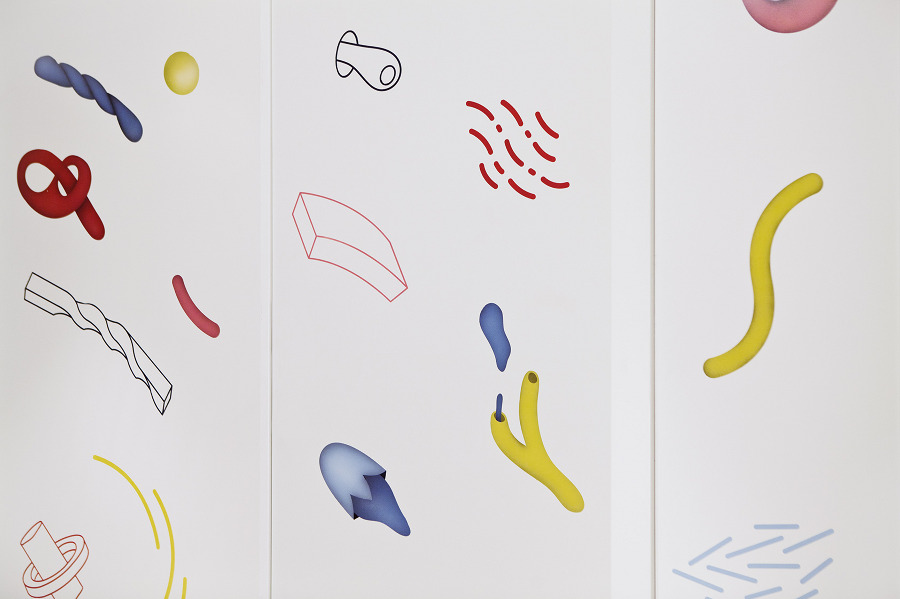
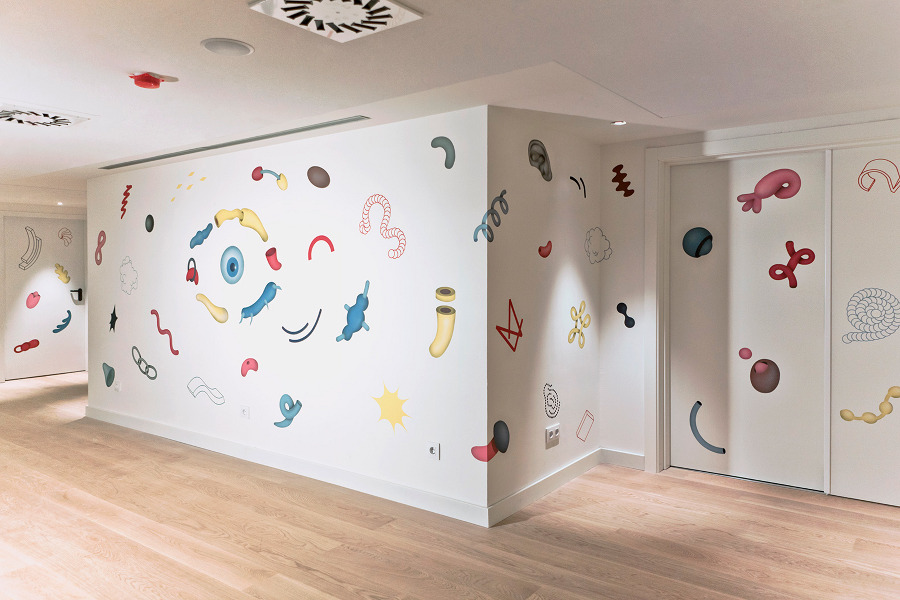
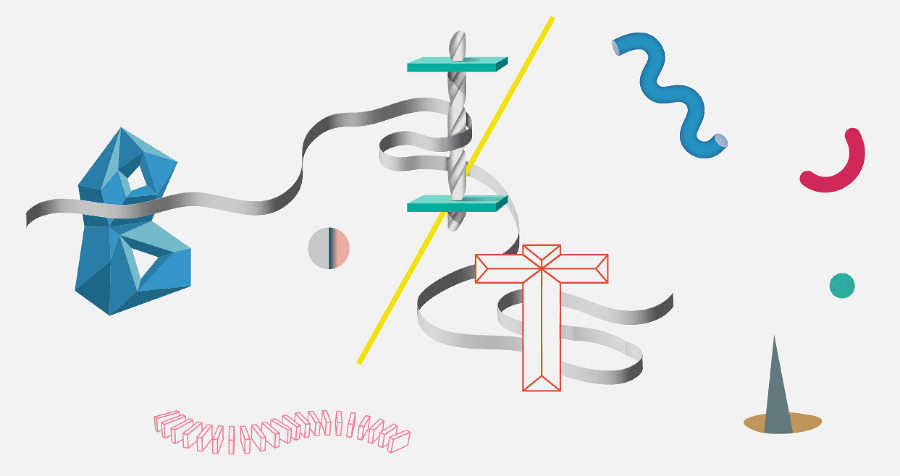
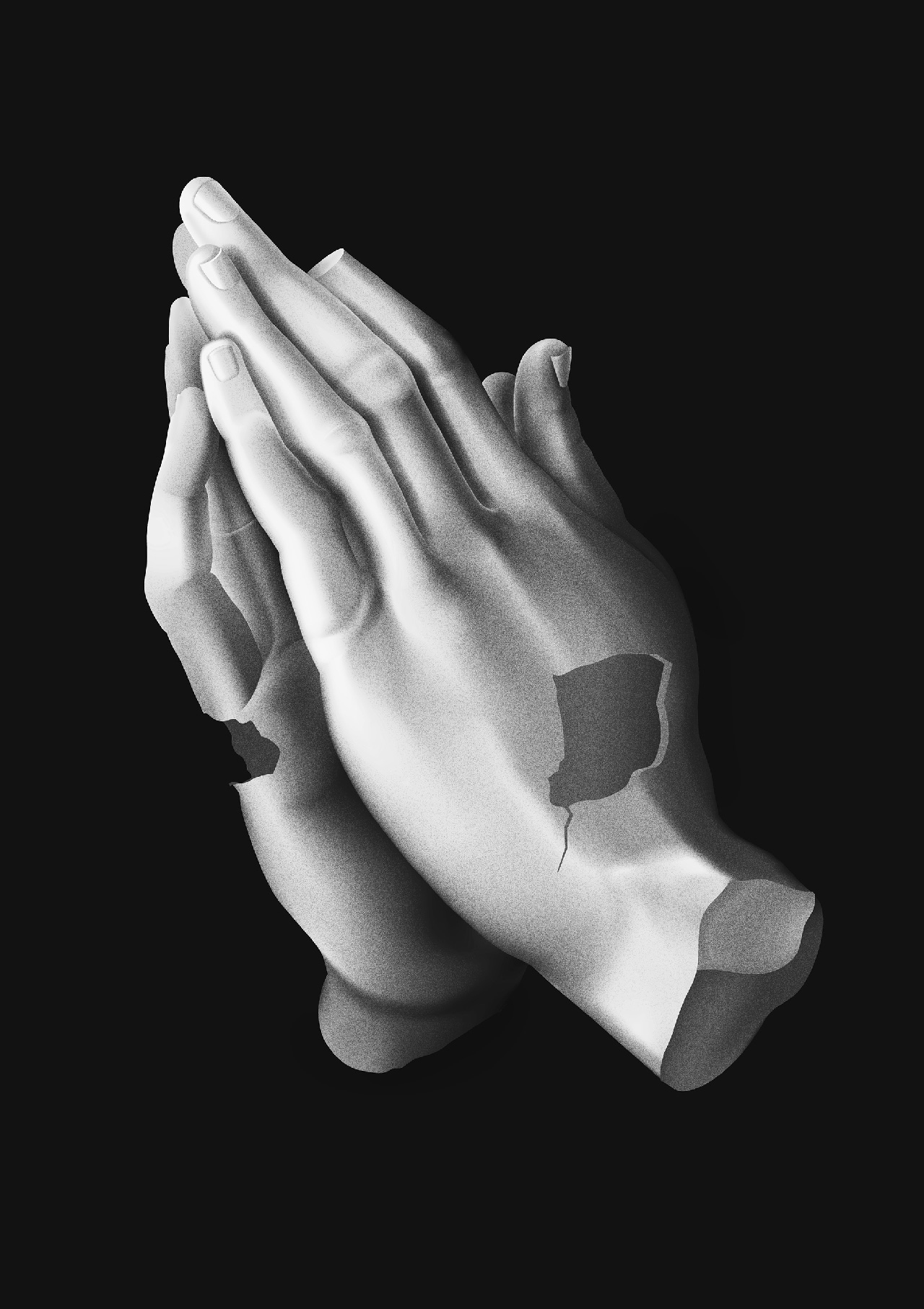
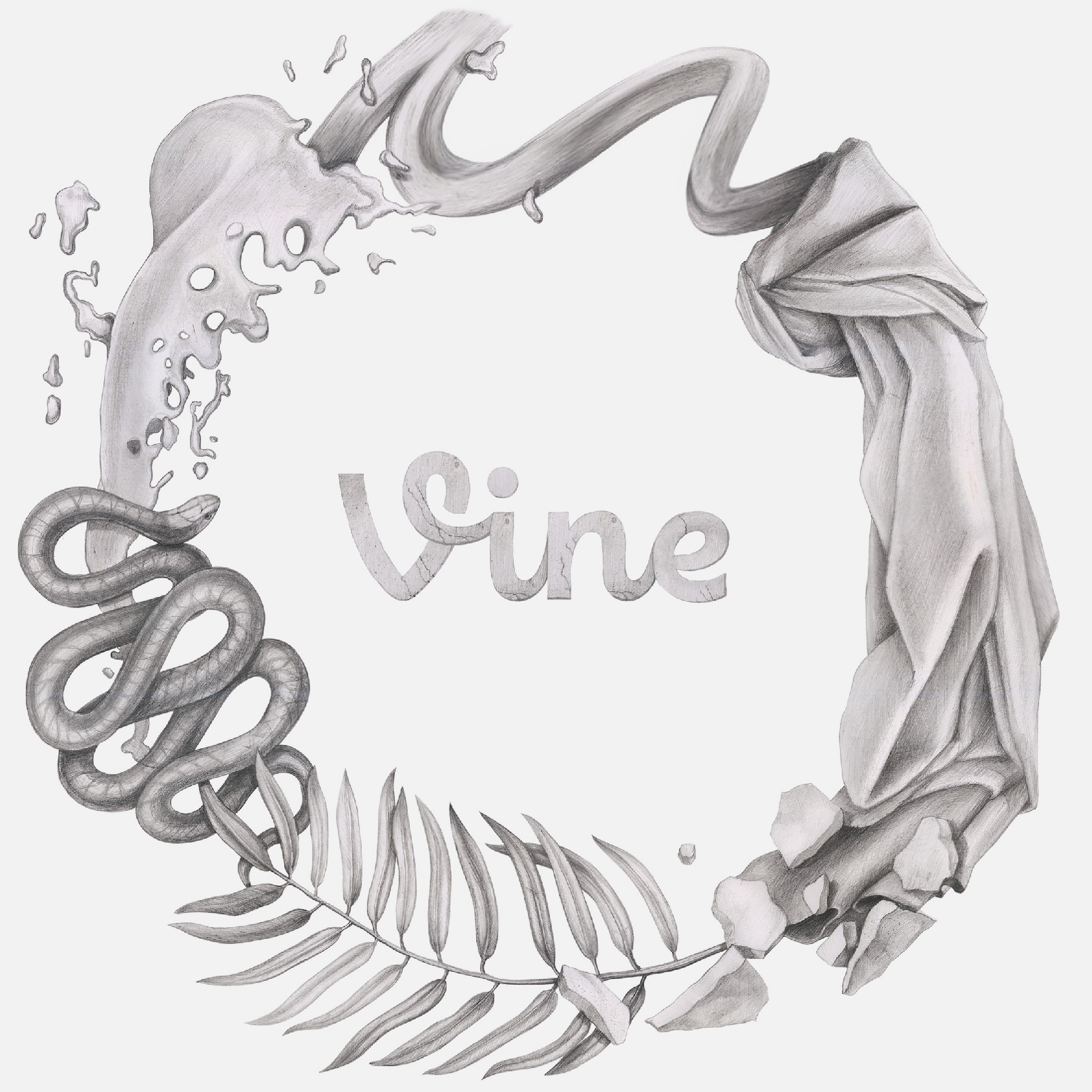
Wild & Free Designs came about from Laura Maxcy's background in graphic design, a love of reclaimed vintage, and inspiration from the Transcendentalist writers' works on nature. Her passion is covering vintage globes with hand-written quotes and clever clogs.
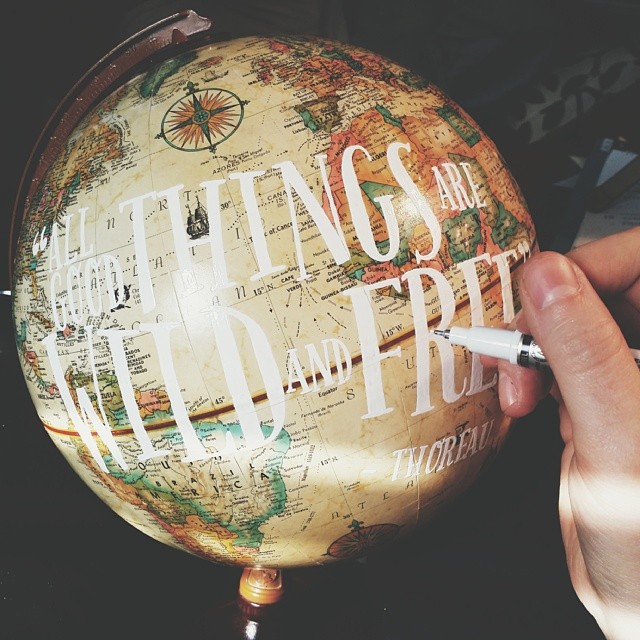
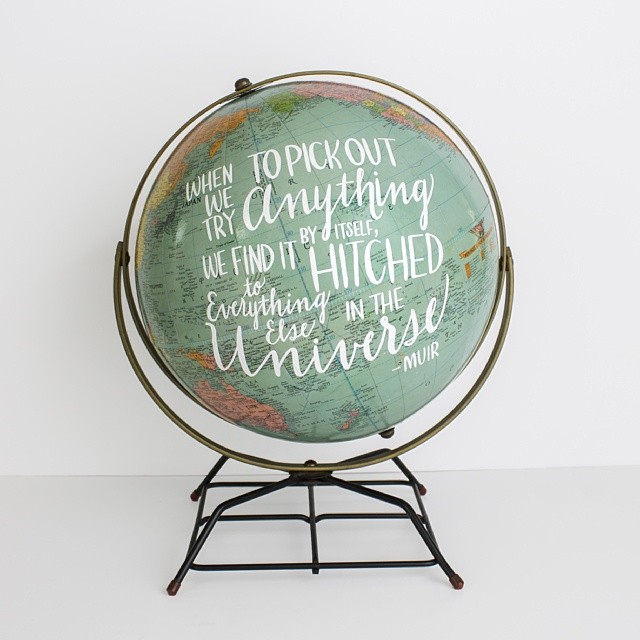
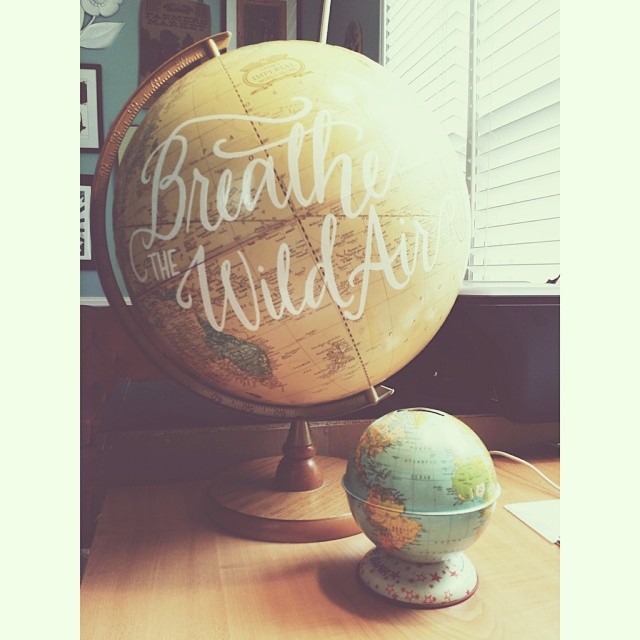
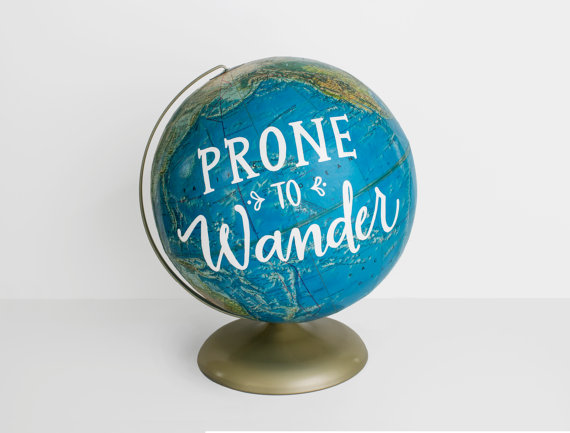
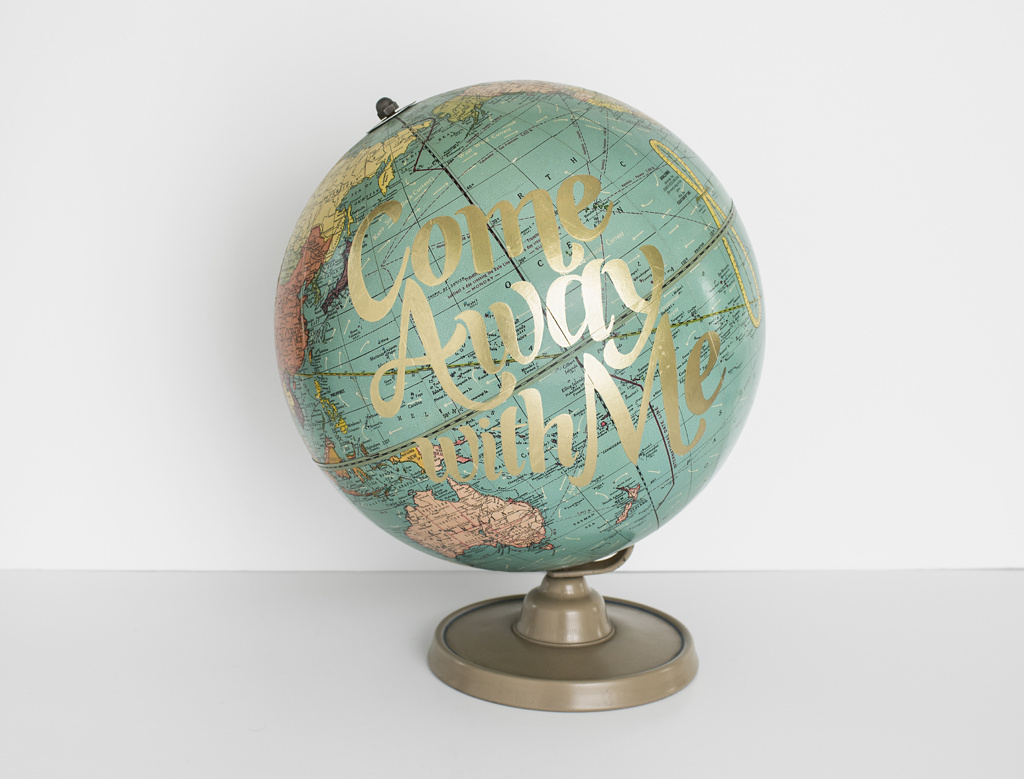
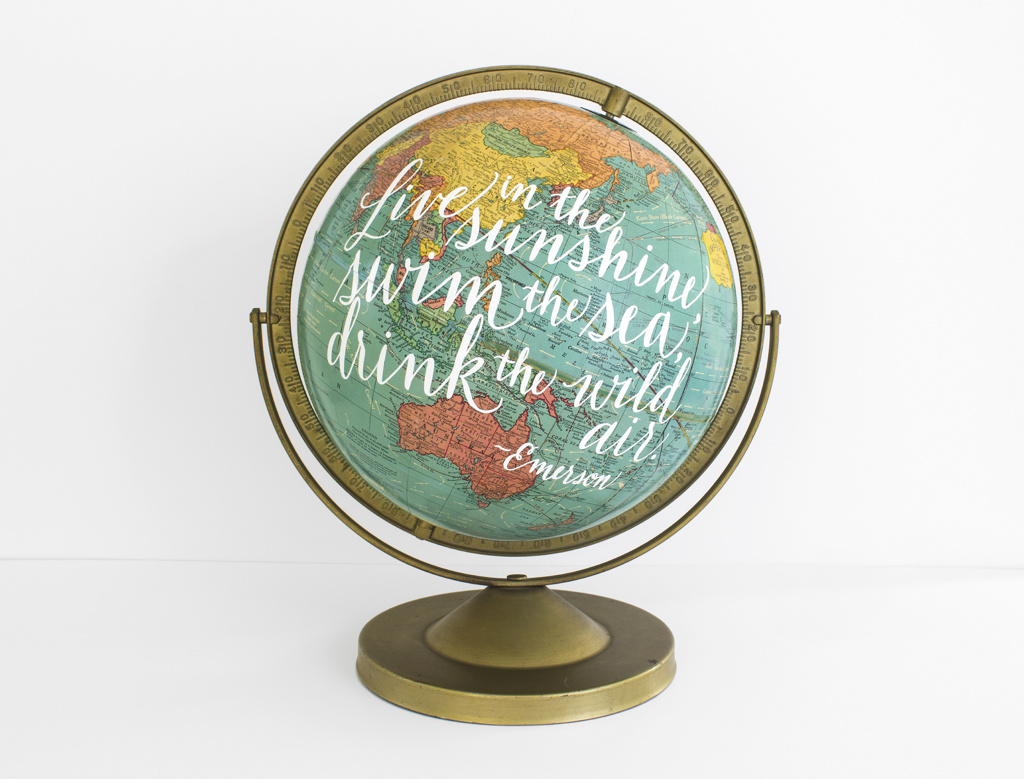
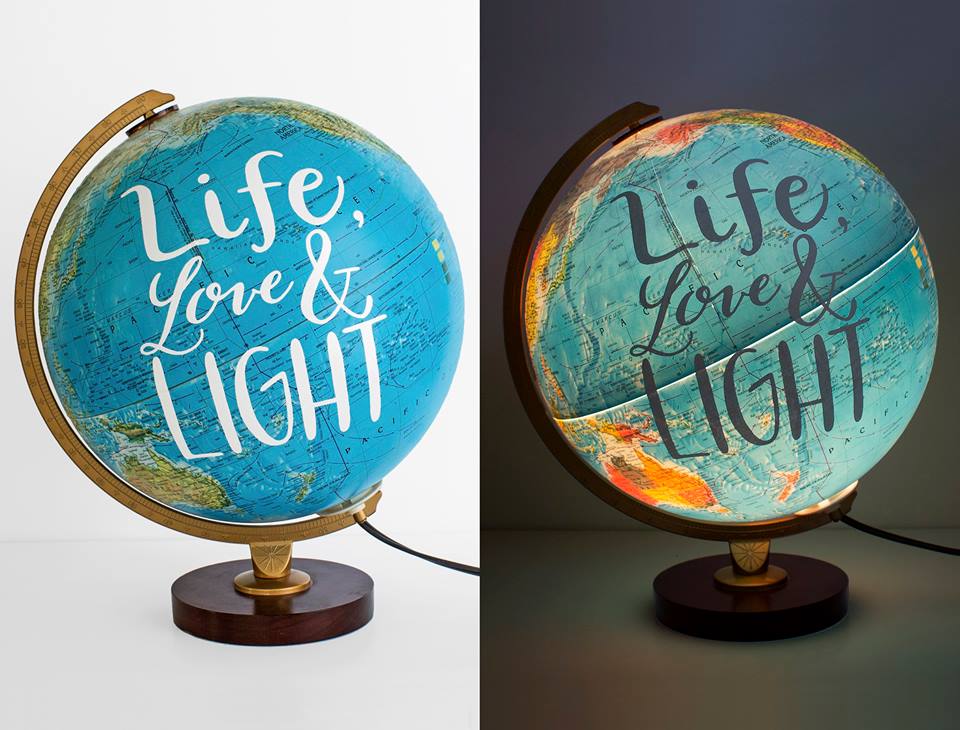
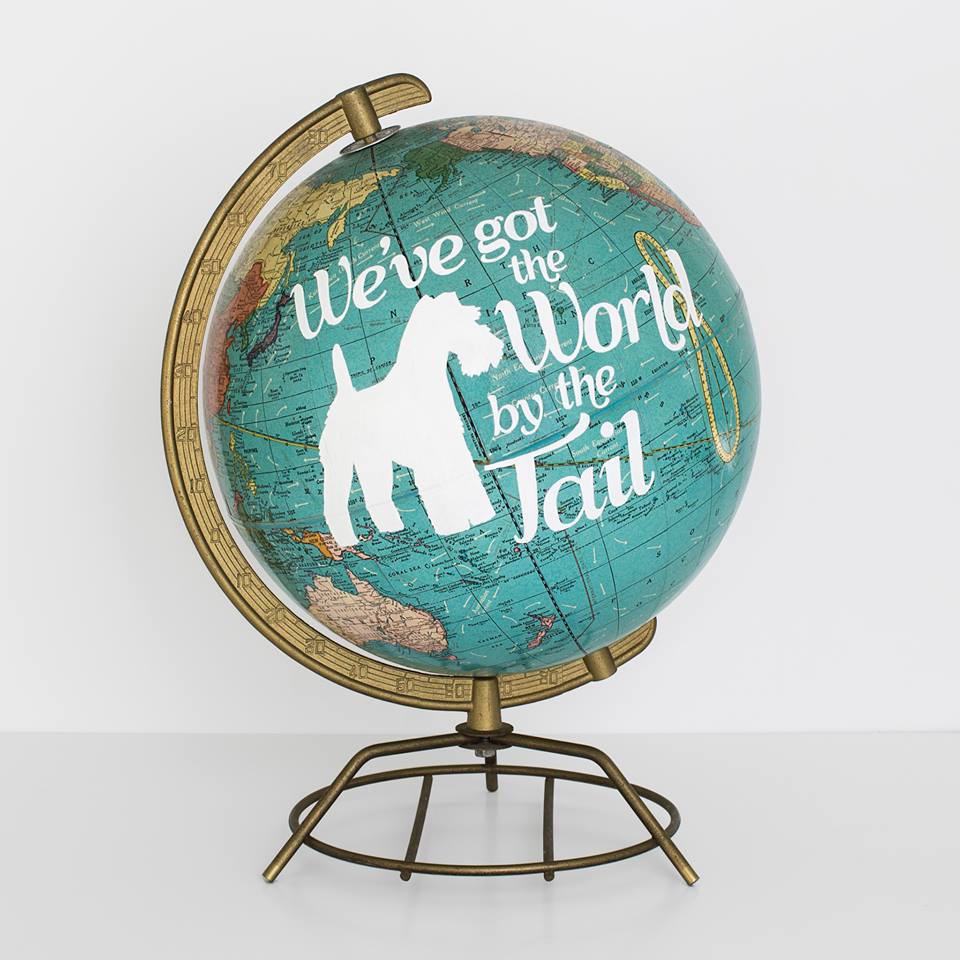
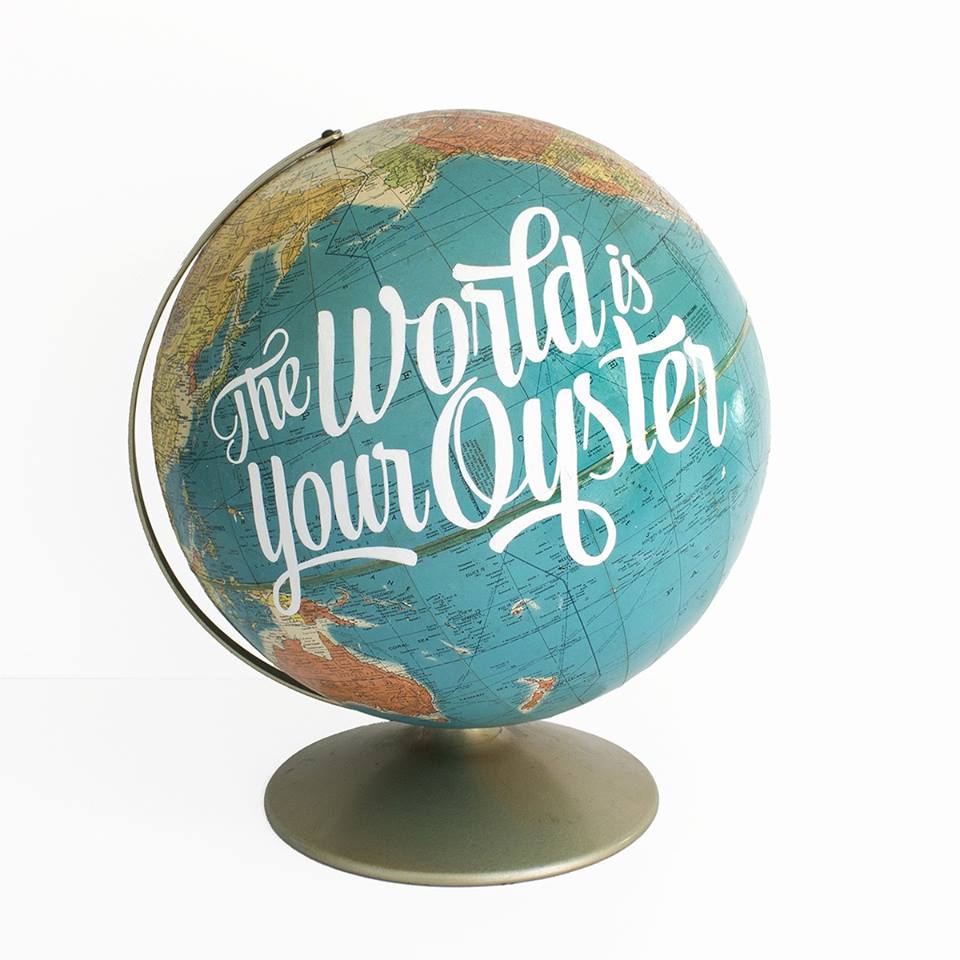
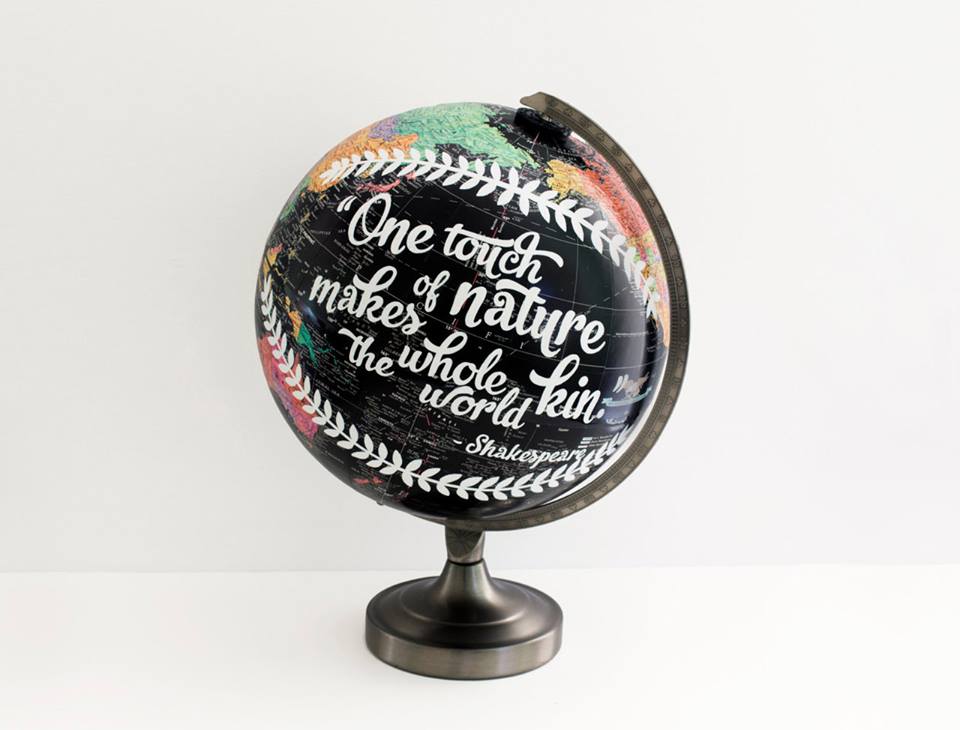
Cuban-American artist Cesar Santos modernises academic art styles and techniques through witty compositions that juxtapose elements directly borrowed from canonical art pieces with his own, contemporary imagery. If you follow us carefully you might remember his previous set from Top 2013 Artistsvia

cesar-santos-2014-0

cesar-santos-2014-10

cesar-santos-2014-9

cesar-santos-2014-8
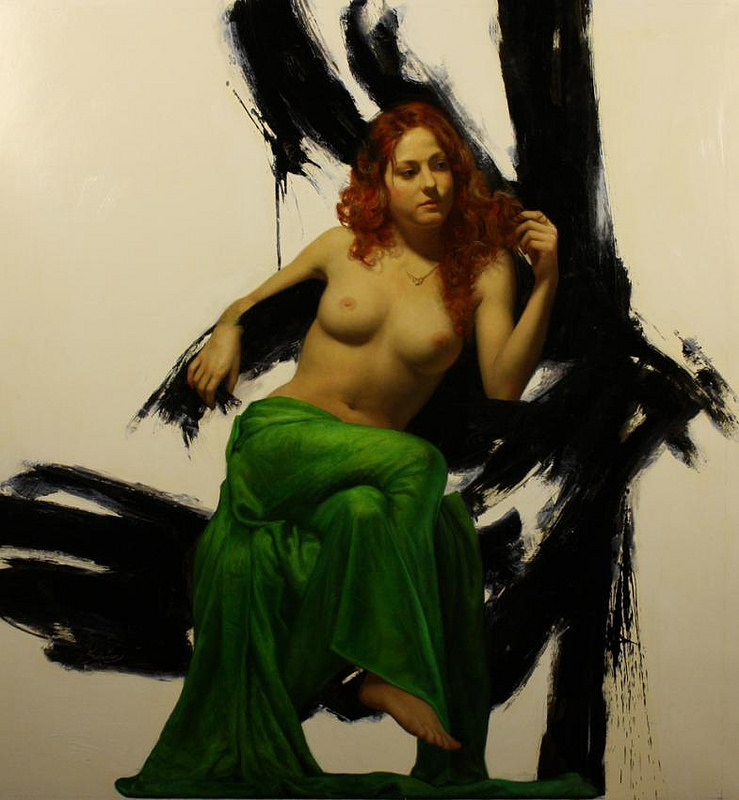
cesar-santos-2014-7
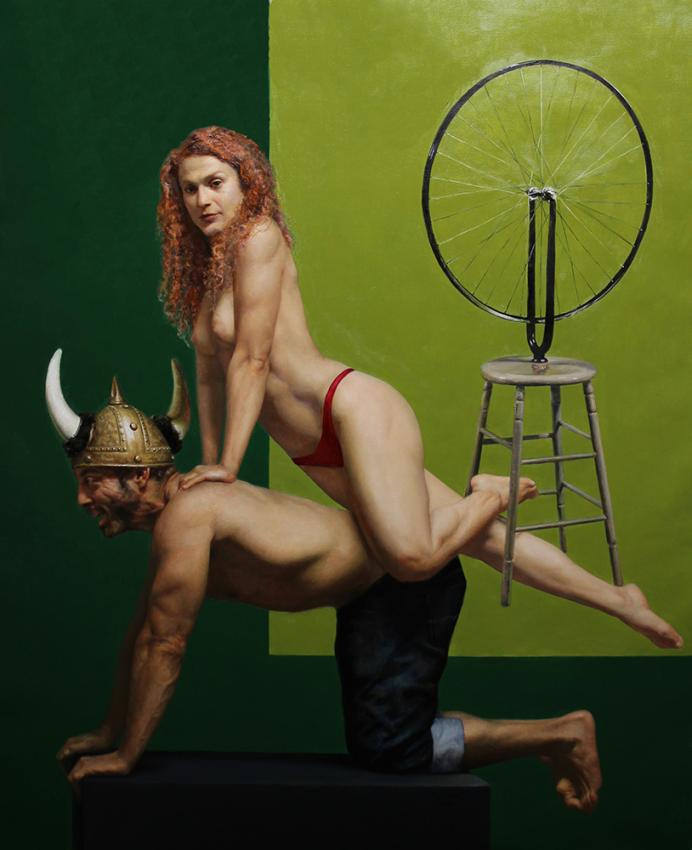
cesar-santos-2014-6

cesar-santos-2014-5
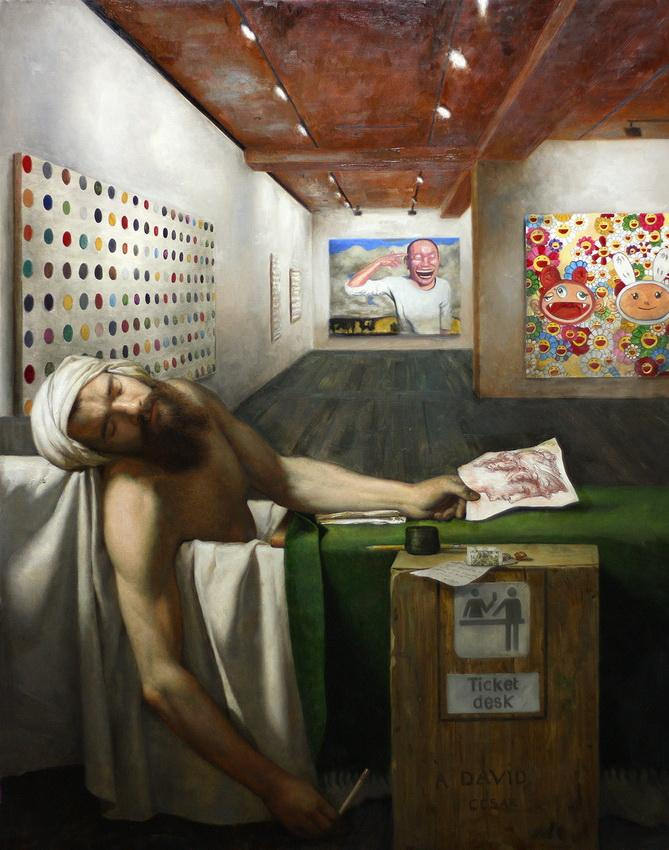
cesar-santos-2014-3

cesar-santos-2014-2